Upon returning from our latest trip to Ireland, I was blown away by this country’s lush green landscapes, friendly locals, and rich history. However, as we experienced, with any travel destination, it’s easy to make a few missteps, and we found there were certain things we wanted to share to help you get the most out of your trip to Emerald Island.
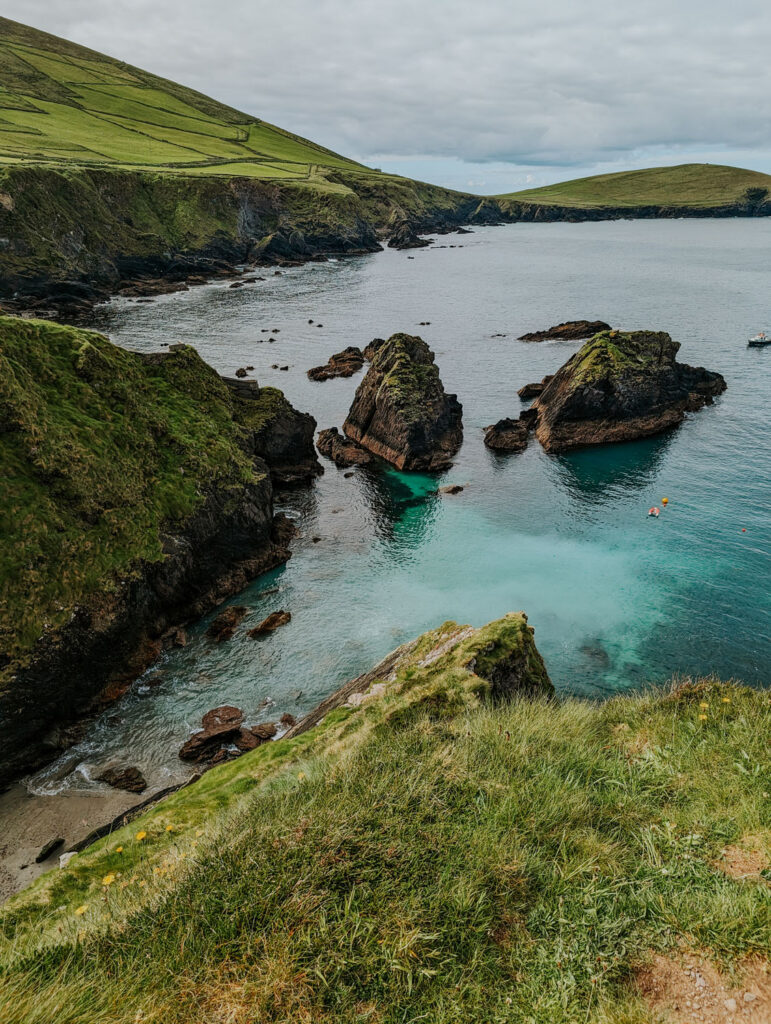
- Don't Spend too much time in Dublin
- Don't Rush Through the Country
- Don't Just Book Hotels
- You Don't Need to Fly in and out of Dublin
- Don't Rent a BIG Car
- Don't Refer to Ireland as Part of the UK
- Don't Only Consdier the Ring of Kerry
- Don't Underestimate the Weather
- You Don't Need a Car
- Don't Underrate the Food
- Don't Prioritize the Cliffs of Moher
- Don't Miss the Gardens of Blarney Castle
- Don't Forget Your VAT Refund
- Don't Forget to Booking Tickets in Advance
- Don't miss the Irish Beaches!
- Don't Just Drink Guinness
- Don't Visit Galway on a Weekend
- Don't Reserve The Book of Kells Experience During Restoration
- Don't Force a Visit to Temple Bar
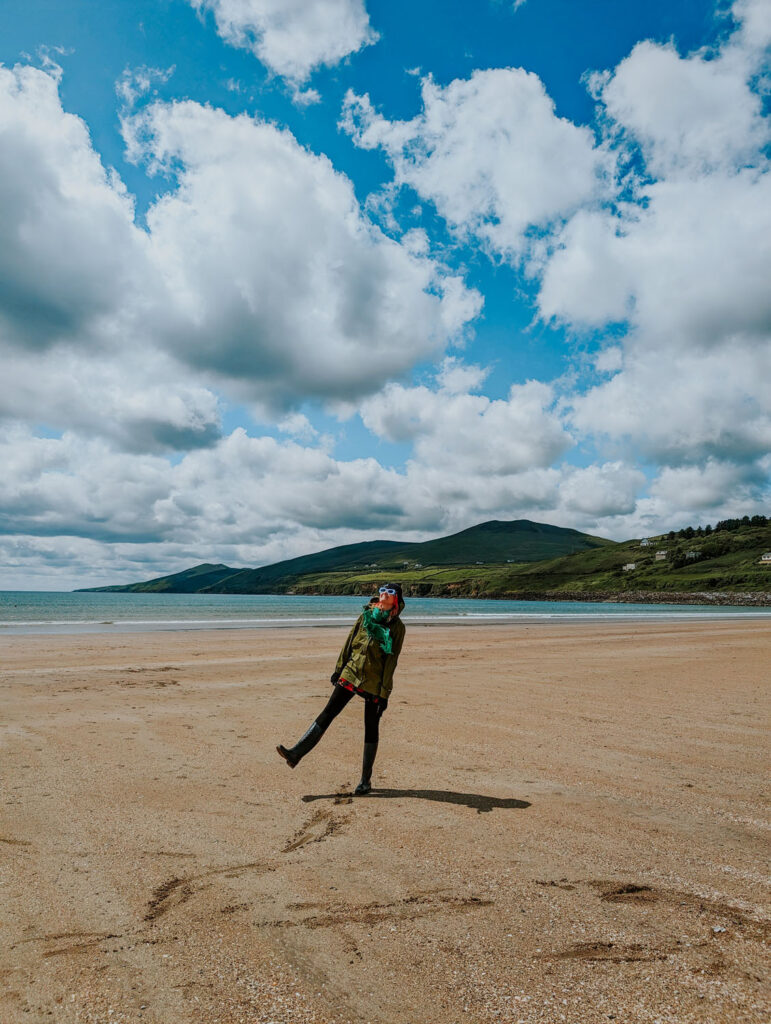
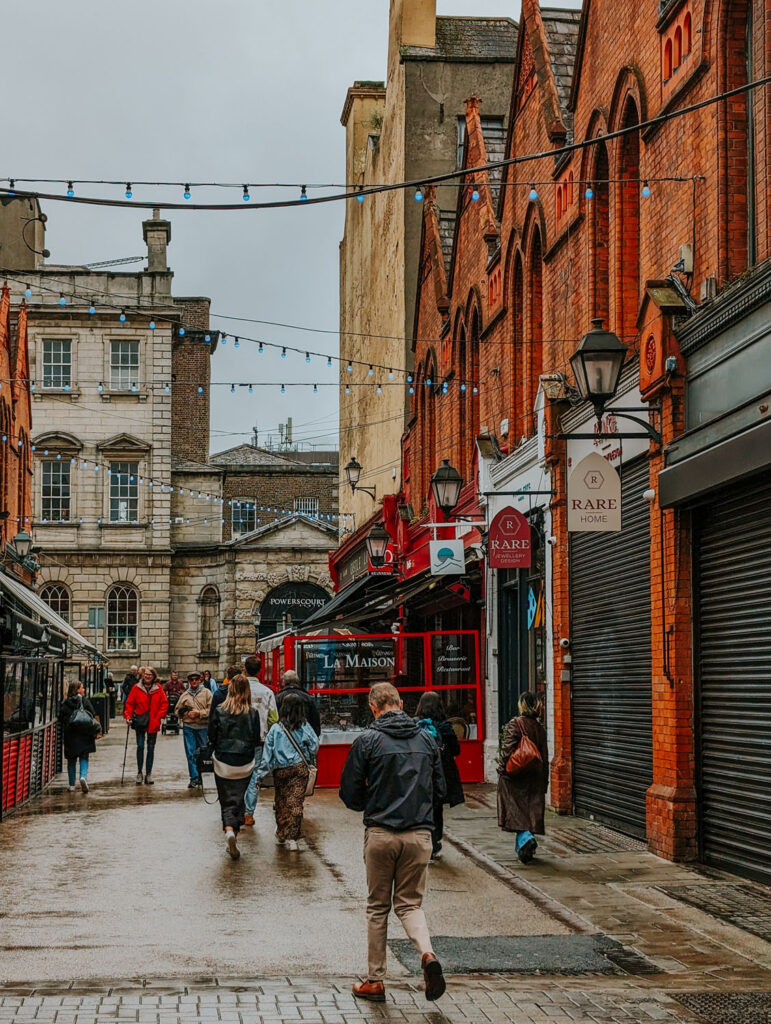
Don’t Spend too much time in Dublin
Exploring Ireland to its fullest means getting out of the city! Too many travellers fly in and out of Dublin without leaving the city! One of the biggest draws of Ireland is its stunning natural landscapes, which include rugged coastlines, green rolling hills, dramatic cliffs, and picturesque countryside.
Instead, Rent a Car or Take the Train to the Countryside
Spending too much time in Dublin means you might miss out on iconic destinations like the Cliffs of Moher, Ring of Kerry, Connemara, and Giant’s Causeway, which showcase Ireland’s breathtaking natural beauty. Even just taking a one-day trip from the city doesn’t allow you to get immersed into the landscape like renting a car or simply taking the train to another town on the other side of the country does.
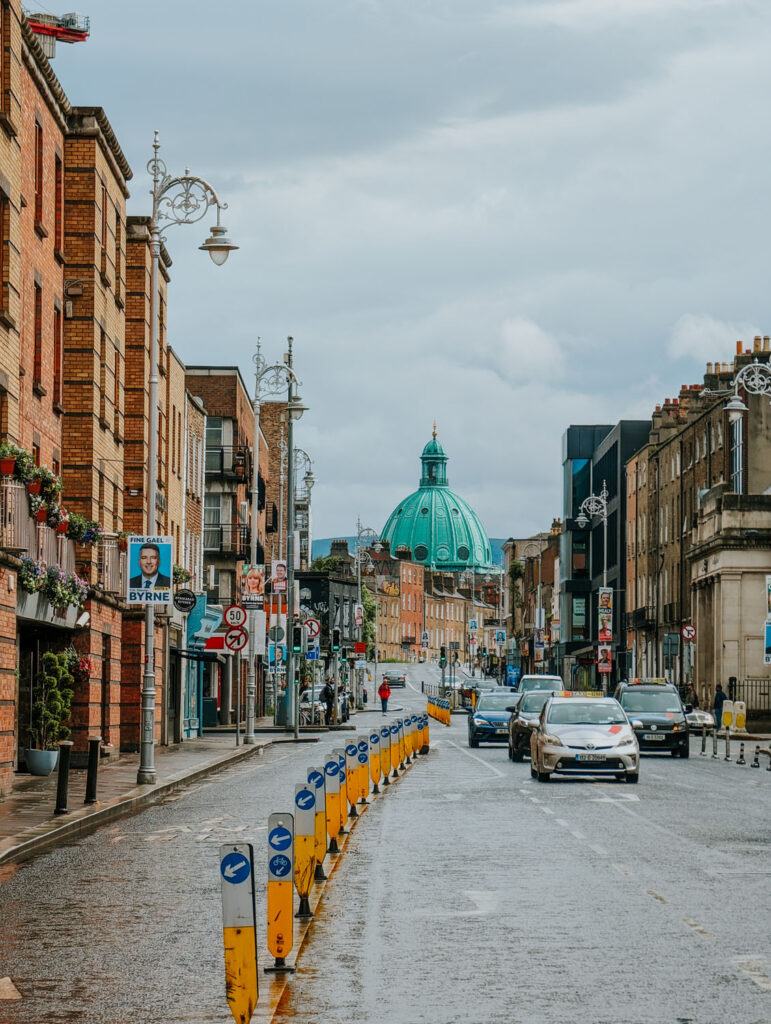
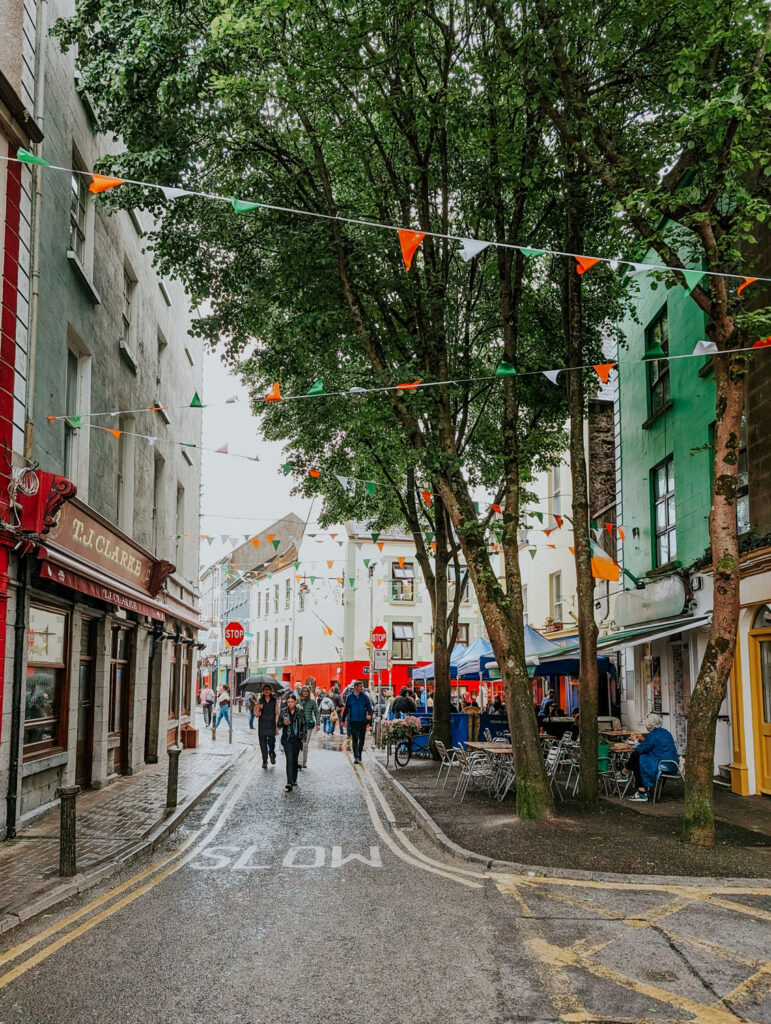
If you aren’t planning a full-on road trip but instead want to choose one destination to visit, I would recommend Cork for those travelling on the train. It’s a short train journey, and Cork is a big small town, so there are many public transit options to visit smaller cities like Cobh or Kinsale or spots like Blarney Castle. From Cork, it’s a much shorter journey to the Cliffs of Moher or other places along the east coast, which you can visit via guided bus.
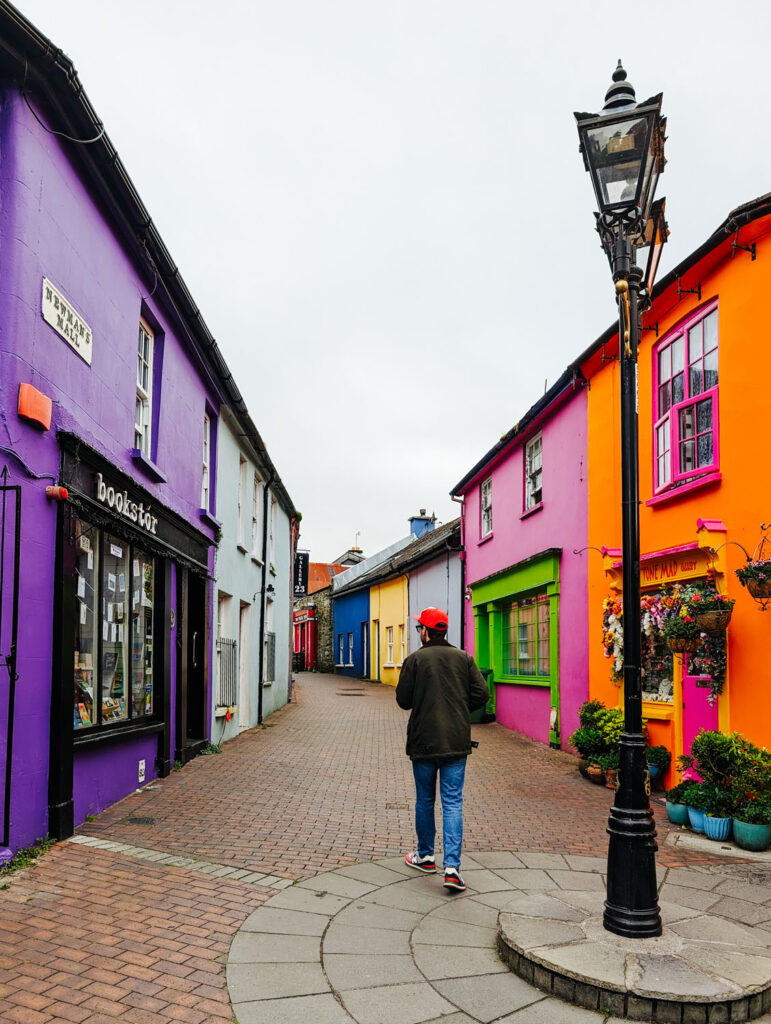
If you’re travelling by car and can only select one additional spot, I recommend Dingle or Doolin. These little seaside villages offer some of the most charming Irish atmosphere. Doolin is just a hop, skip, and jump from the famous Cliffs of Moher and Dingle. It has some of the most incredible landscapes and is close to the Ring of Kerry if you want to drive that route on your way.
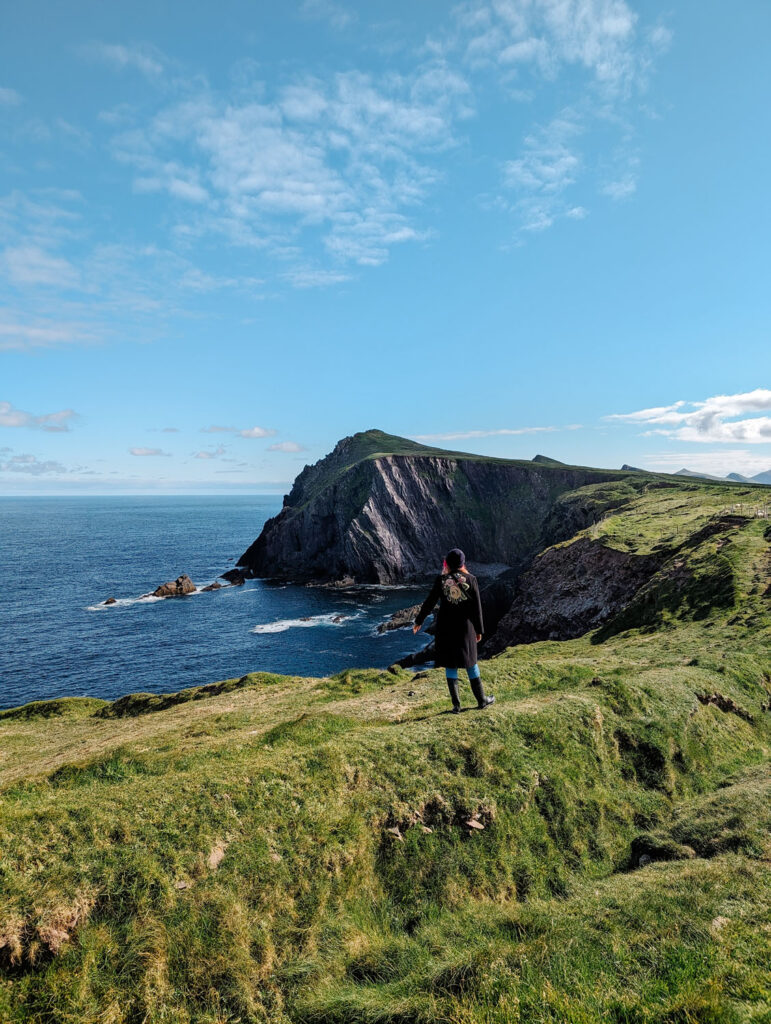
Don’t Rush Through the Country
I read so many blogs that it seemed like you could travel the whole country and see it all in seven days. But even if this were possible, it would mean spending mere minutes at each sight. When visiting Ireland, it’s best not to rush your itinerary and instead take your travels at a slower pace. The charm of Ireland lies in its scenic landscapes, cozy villages, and hidden gems, all of which are best appreciated when you take your time. Rushing from one tourist spot to the next can lead to missing out on spontaneous moments, such as stumbling upon a local pub with traditional music, engaging in friendly conversations with locals, or stopping to admire a breathtaking view along a coastal road. Travelling slowly also allows you to absorb the authentic atmosphere of small towns and villages, savour local food, and experience Ireland’s welcoming culture. The distances in Ireland might seem small, but the twisting, narrow roads make travelling even shorter distances a longer-than-expected drive.
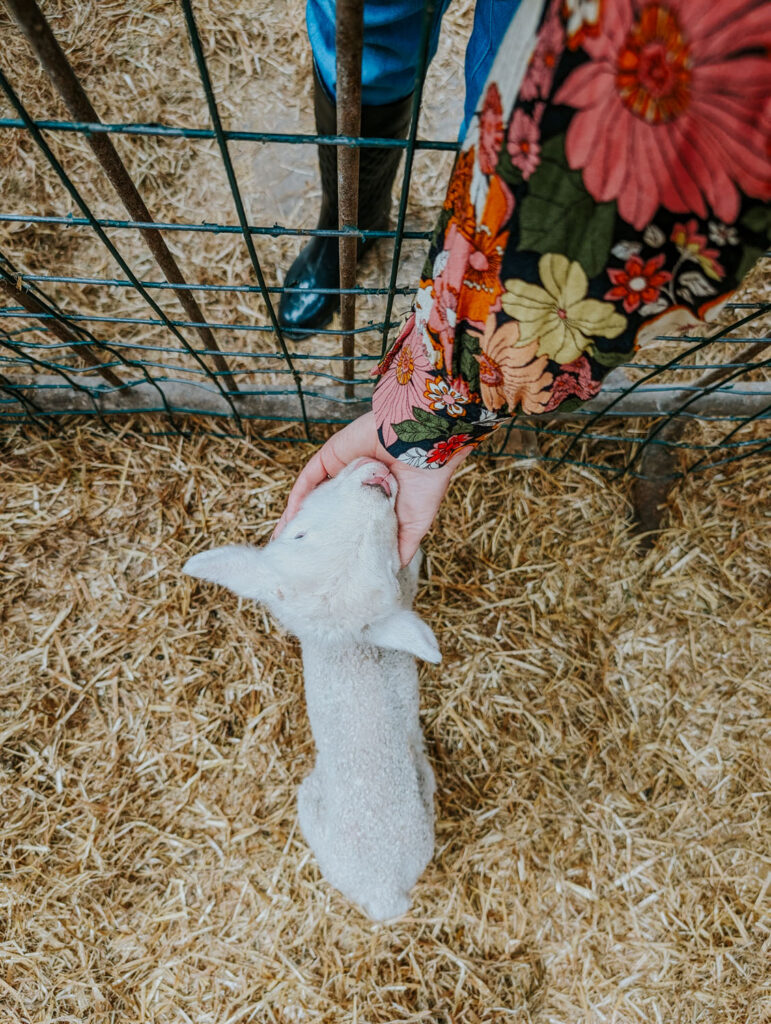
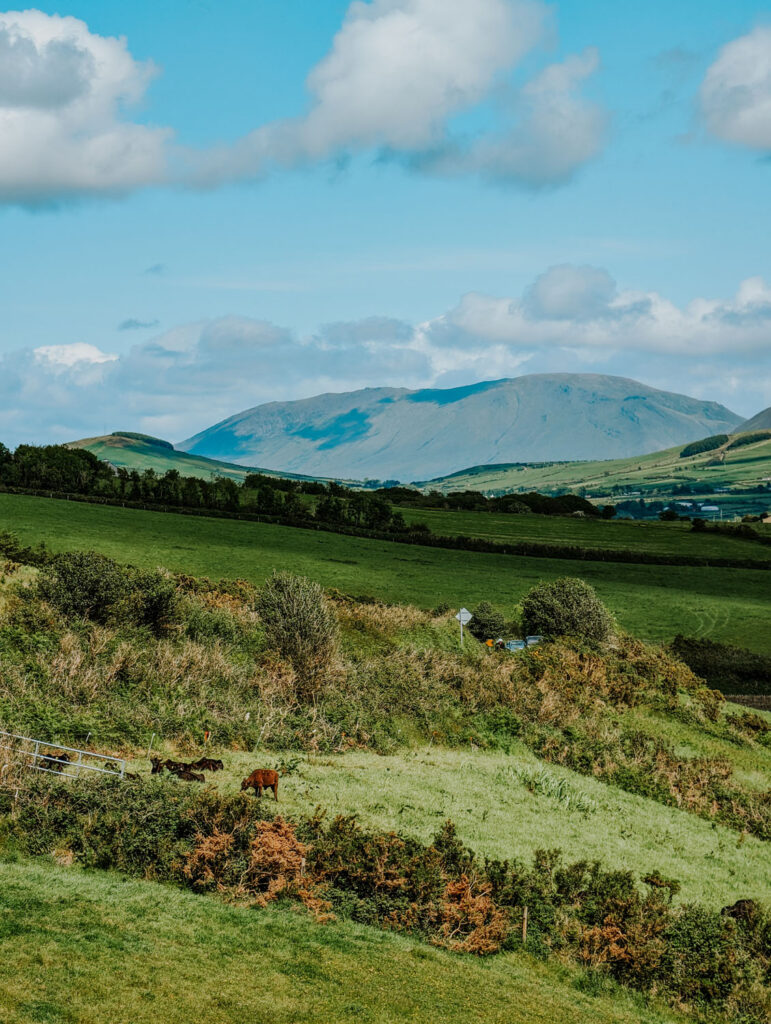
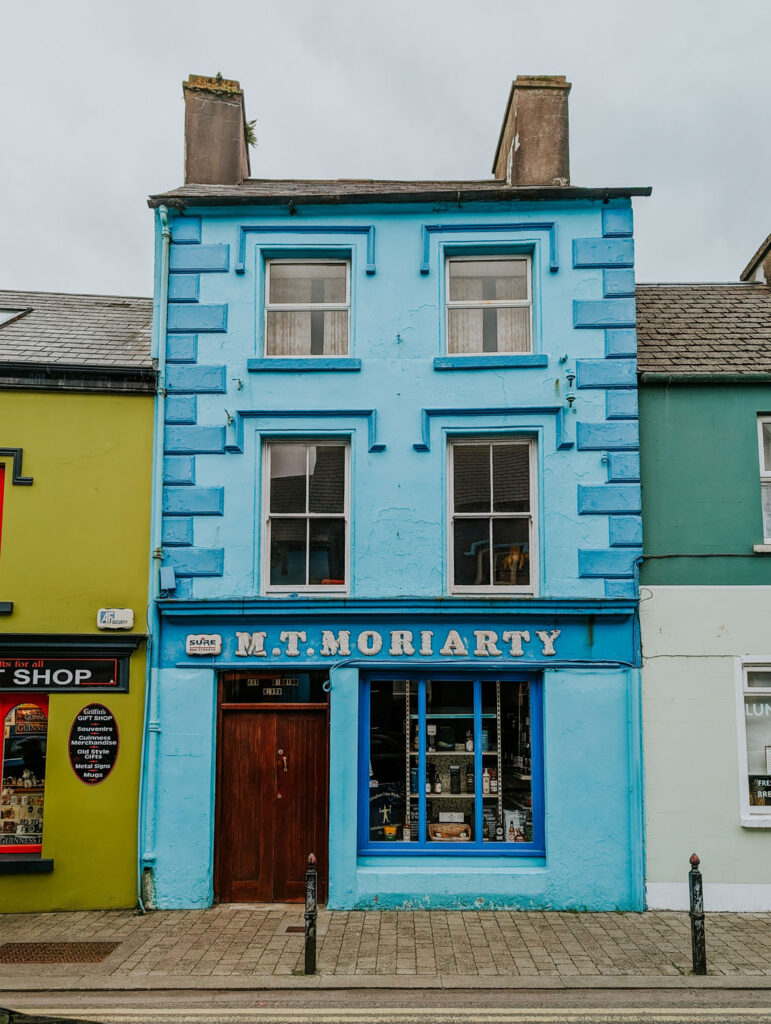
Instead, Audit Your Itinerary
We appreciate the days so much when we would stay in a town for more than one day at a time. It allowed us a break from the constant packing and unpacking and to explore a hidden cliff path or take an hour or two to just sit by a quiet lake. You won’t be able to see it all and trust me, you’ll be thankful you removed a few spots from your list to take it easy and allow yourself to appreciate a moment of rest and relaxation over being stuck in your car every minute of the day. If a famous destination is out of the way and you’re detouring your entire trip to visit it, like the Cliffs of Moher, don’t feel like you’re ruining the whole trip by not seeing one of these “must-see” sights. That time you just spend in the car is much better spent making new friends in a pub, enjoying some craic, or wandering a local stone circle hiking trail where you can connect with the natural Irish landscape.
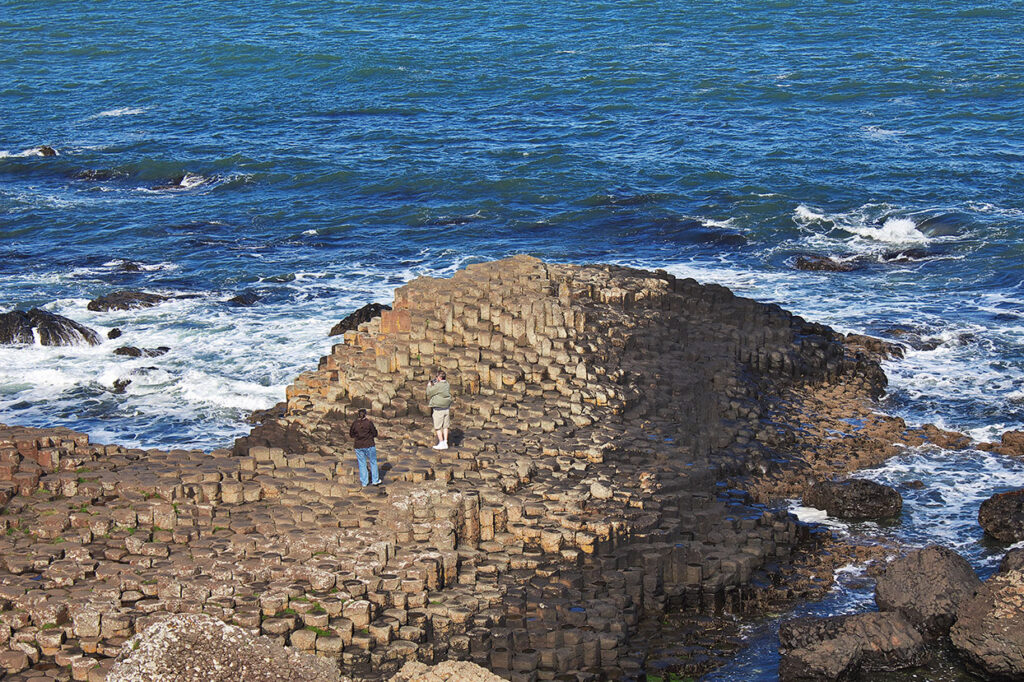
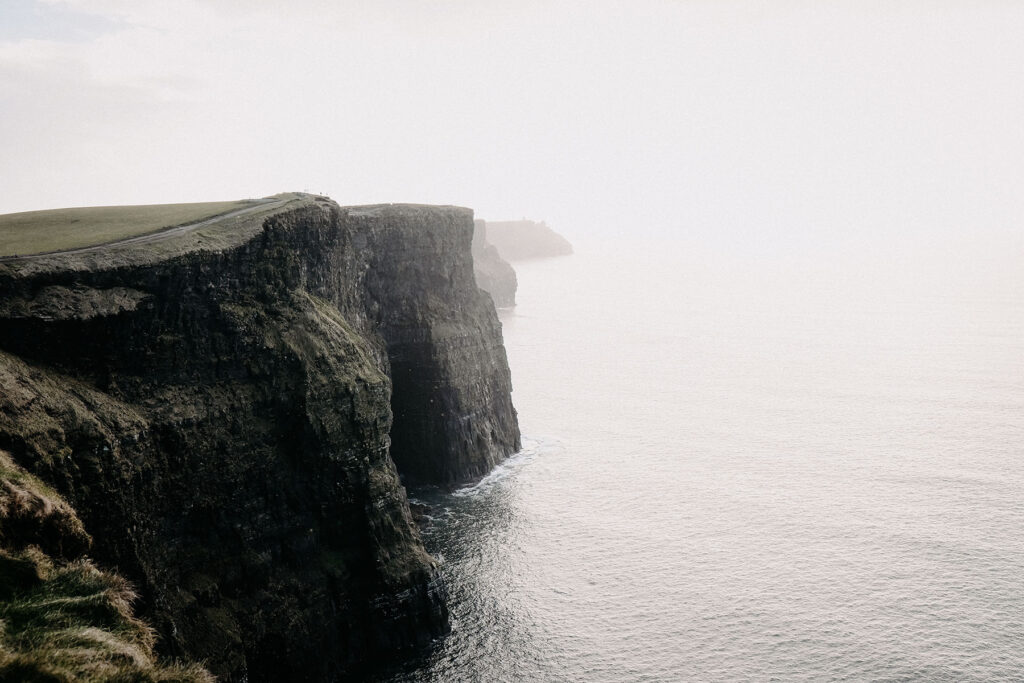
Don’t Just Book Hotels
Ireland has some of the best bed and breakfasts in the world, and staying at a chain hotel just isn’t the way to explore this incredible country. When booking the accommodation for our trip, one of the things I was most excited about was the bed and breakfast! The charm, architecture, characters you’ll meet and unique locations when booking a bed and breakfast (B&B) in Ireland are far superior to the comfort and familiarity of a typical hotel. Staying in a B&B allows you to experience genuine Irish hospitality. These establishments are often family-run, and hosts are known for being friendly, welcoming, and eager to share local tips and recommendations. You’re more likely to feel like a guest in someone’s home rather than just a tourist.
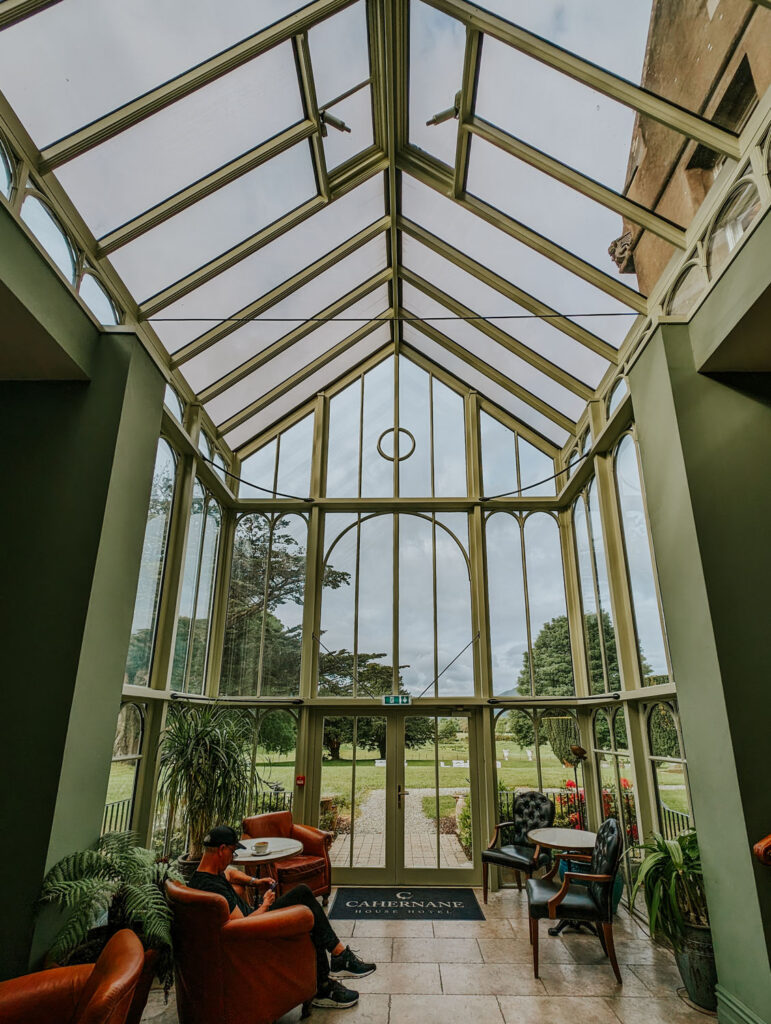
Instead, Book a Bed and Breakfast in a Historic Establishment
So many B&Bs in Ireland are located in historic properties, like old royal residences, royal hunting lodges, and even ancient palaces! Staying in these properties felt like moving into your very own castle! A few of the properties we stayed at even had their own private grounds with hikes and walking trails to explore where we didn’t see a single other tourist and felt like we had a slice of Ireland right to ourselves.
But my favourite part of the B&B is the second ‘B,’ BREAKFAST! Often included in the price, you’ll get a hearty home-cooked breakfast. These are most often served buffet style but will always include a traditional Irish breakfast consisting of eggs, sausages, bacon, black pudding, and freshly baked soda bread, setting you up for a day of exploring. Soda bread is a traditional Irish bread made without yeast and with the addition of buttermilk. The buttermilk gives the bread a mild, slightly tangy flavour, and the wholemeal flour adds an earthy, nutty taste that pairs fantastically with Irish butter and jam.
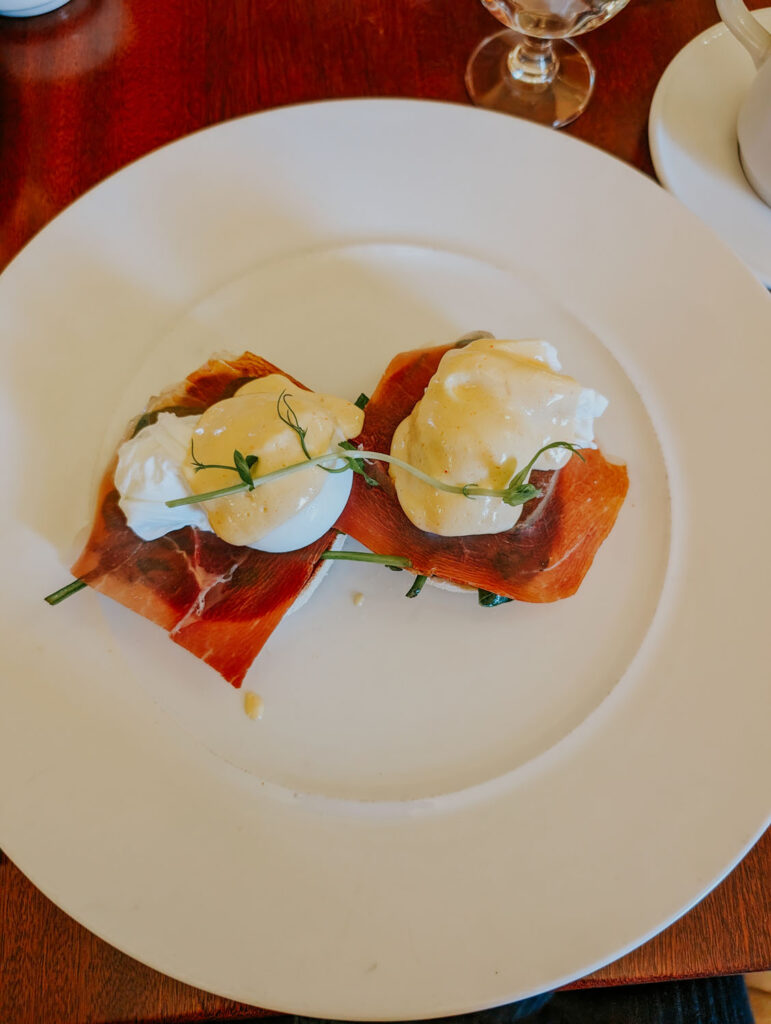
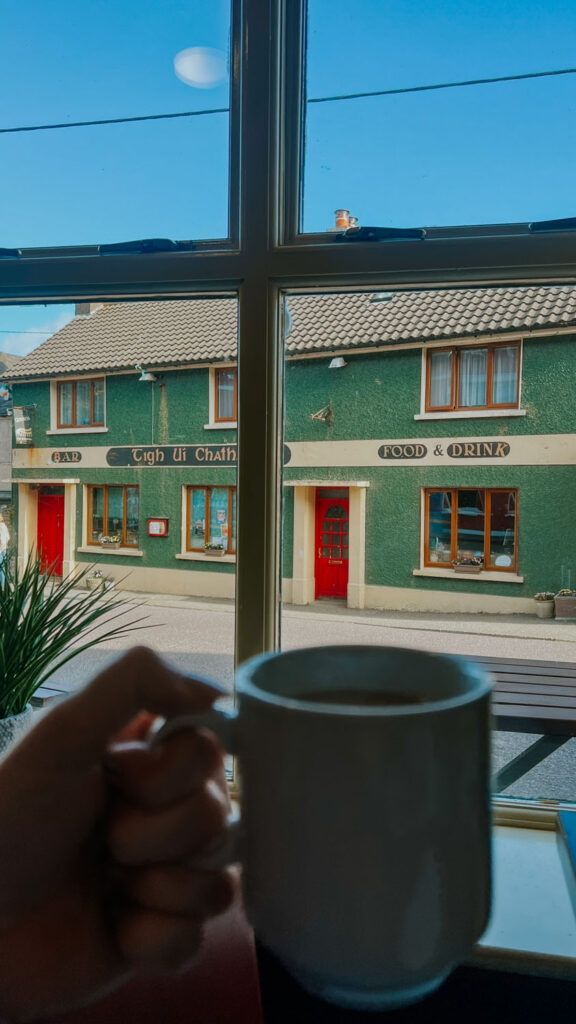
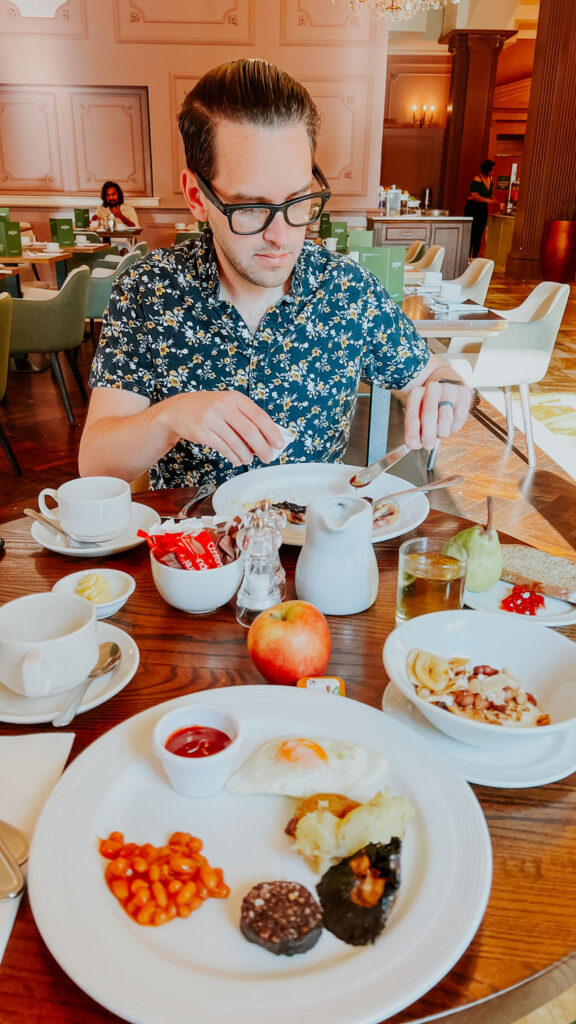
You Don’t Need to Fly in and out of Dublin
Many travellers book their arrival and return destination in and out of Dublin City airport without considering that Ireland has over five international airports and even more domestic options. This means you can have a little more flexibility when exploring the country.

Instead, Consider Flying in and out of different cities.
When planning a trip to Ireland, one great tip to maximize your experience is to fly into one airport and out of another, such as arriving at Cork or Belfast Airport and departing from Dublin Airport (or vice versa). This allows you to avoid a circular itinerary, meaning you don’t have to backtrack to your starting point. Returning a rental car to a different airport than where you picked it up might incur a small fee, but it can save you money on fuel and extra driving costs. Since Ireland has an extensive network of narrow, winding roads, particularly in rural areas, less time spent driving long distances means less fuel consumption and potentially a lower overall cost for your rental car.

Don’t Rent a BIG Car
Although the idea of being in a nice, roomy car with lots of space to stretch out and carrying lots of storage might seem appealing for an Irish road trip, the roads in Ireland are some of the narrowest in the world. Often, you’ll be going down what looks like a single-lane road, only to find a local Irish driver barreling down towards you, and the only way to let them pass is to practically drive off into the ditch. And in these moments, or when passing cars on narrow roads along the cliff, you will want to be in a wide, hard-to-steer car.
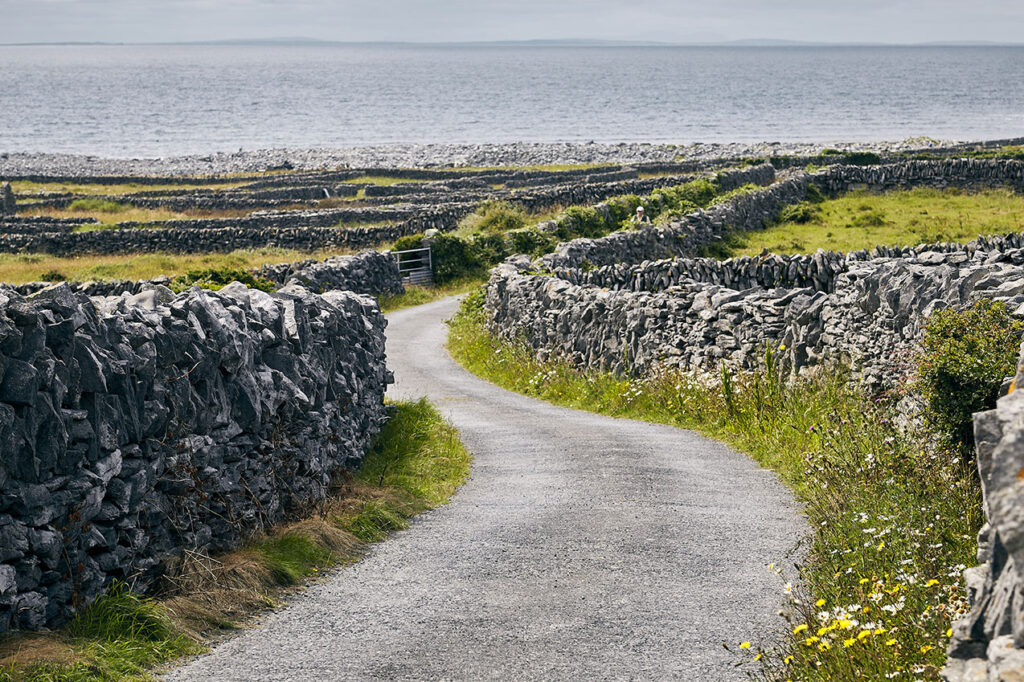
Instead, Rent compact cars or Multiple Cars for Big Groups.
The smaller and more compact your rental car is, the better. It also makes parking a breeze, and you’ll even save a bit of money on gas (or petrol as it’s called in Ireland). You might consider renting two smaller cars rather than a large van if travelling with a larger group. Not only does this mean you can split off if different members want to get up to different activities throughout your trip, but it will be less nerve-racking than driving a large van around the narrow, bendy roads.
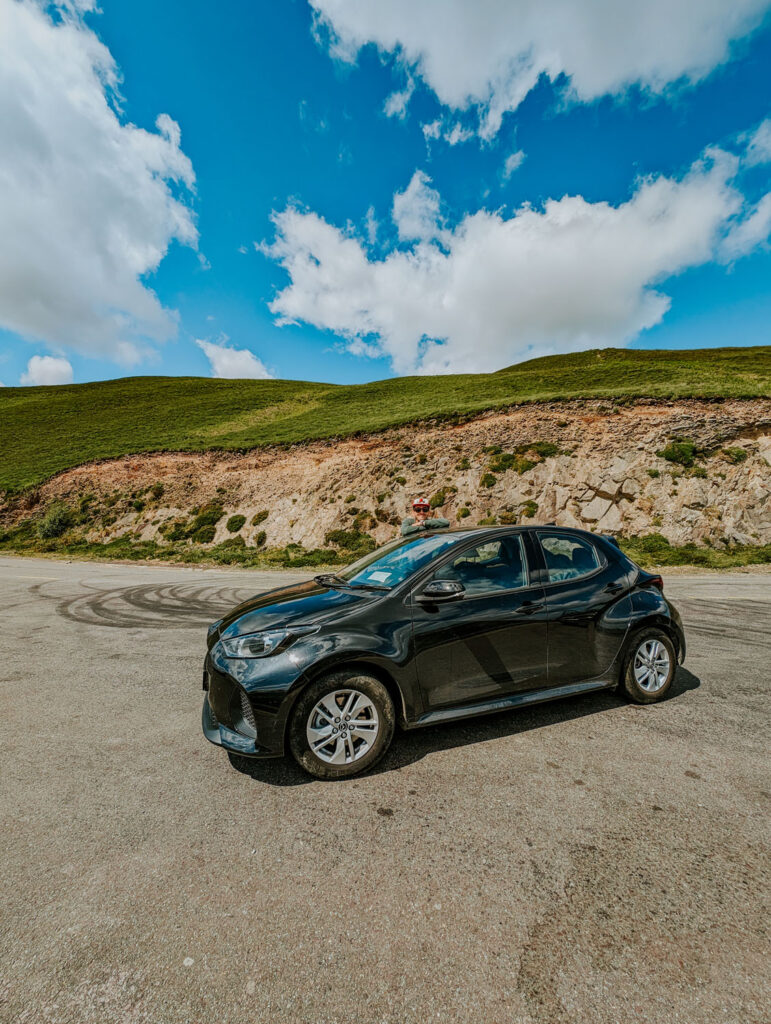
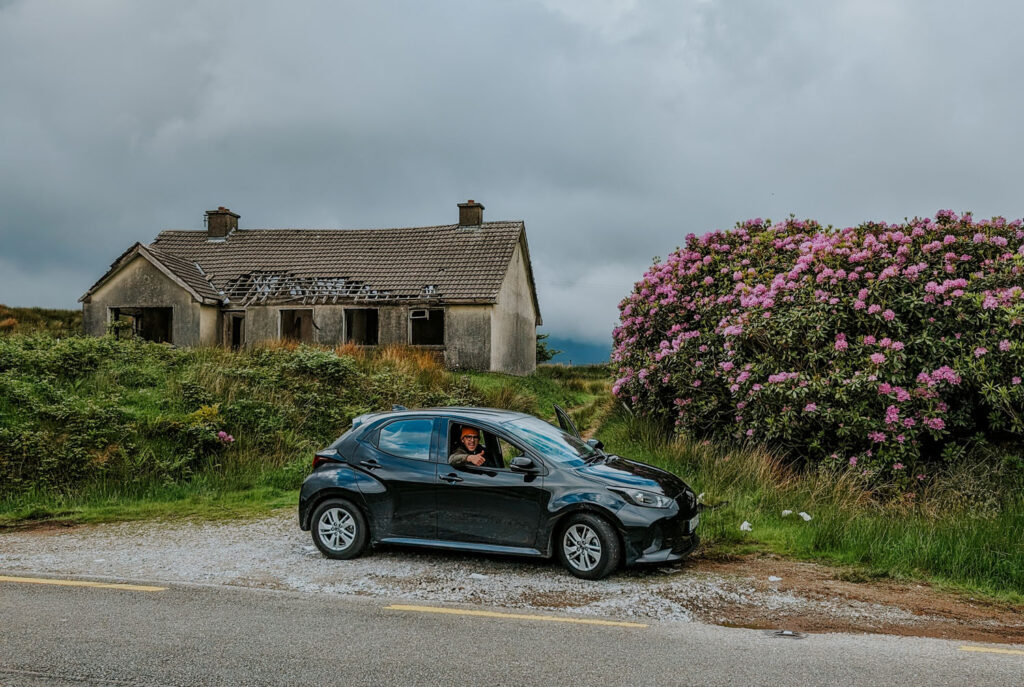
Don’t Refer to Ireland as Part of the UK
One of the biggest faux pas you can make when visiting Ireland is confusing it with the United Kingdom. The Republic of Ireland is a sovereign nation, while Northern Ireland is part of the UK. The Republic of Ireland is its own country with a deep and complex history, and referring to it as part of the UK can be seen as disrespectful, particularly given the country’s struggles for independence.
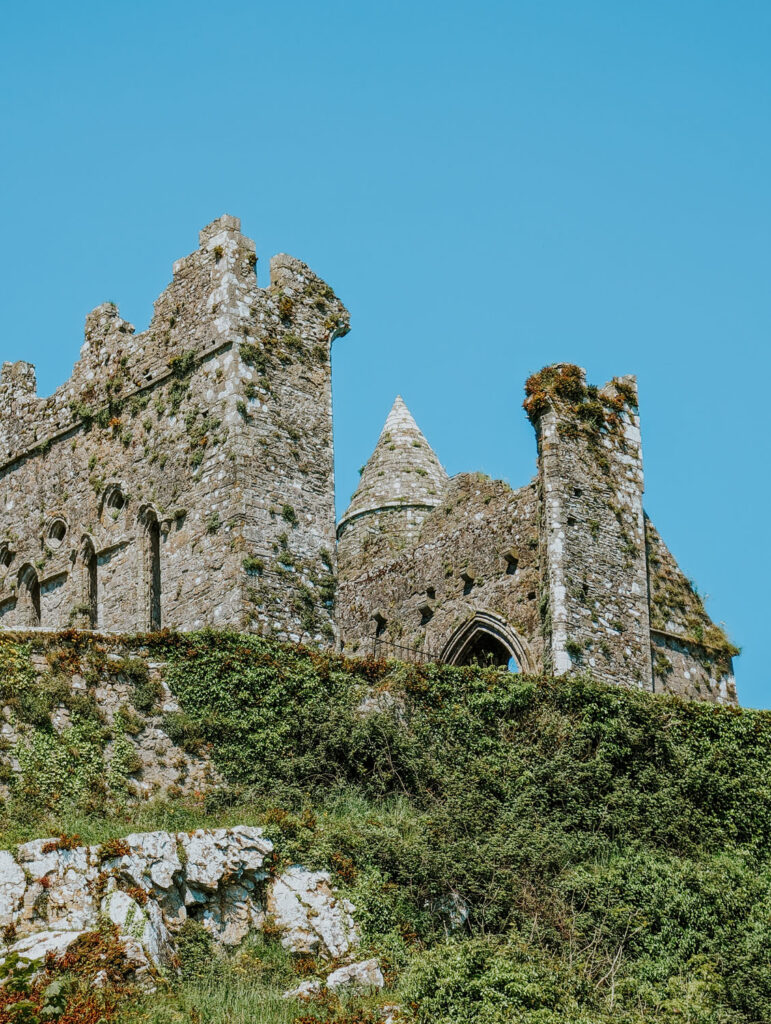
Instead, Learn about Ireland’s History Before Arriving
Be mindful of the political and historical differences between the Republic of Ireland and Northern Ireland. Brushing up on Ireland’s history before your trip is always a good idea to better understand the context and avoid awkward misunderstandings. Showing respect for Ireland’s distinct identity will go a long way with locals. One of my favourite ways to do this is by watching one of my favourite histories, Youbers, on the plane over, and I highly recommend these animated history videos.
Don’t Only Consdier the Ring of Kerry
The Ring of Kerry is one of Ireland’s most famous scenic drives. The circular route spans about 179 kilometres (111 miles) and hugs the coastline of the Iveragh Peninsula, offering panoramic views of the Atlantic Ocean, sandy beaches, and dramatic cliffs. Key coastal highlights include the Skellig Islands, visible from certain viewpoints, which are famous for their rugged beauty and as a filming location for Star Wars. But with this popularity comes hordes of tourists and, even worse, lots and lots of giant tour buses that make driving the narrow roads a little nail-biting. Even without the buses, the route is trendy, especially in summer, so the sights can get pretty crowded. Leaving early in the morning or travelling during off-peak months can help you avoid crowds. But even then, often, these spots aren’t as peaceful as you might expect.
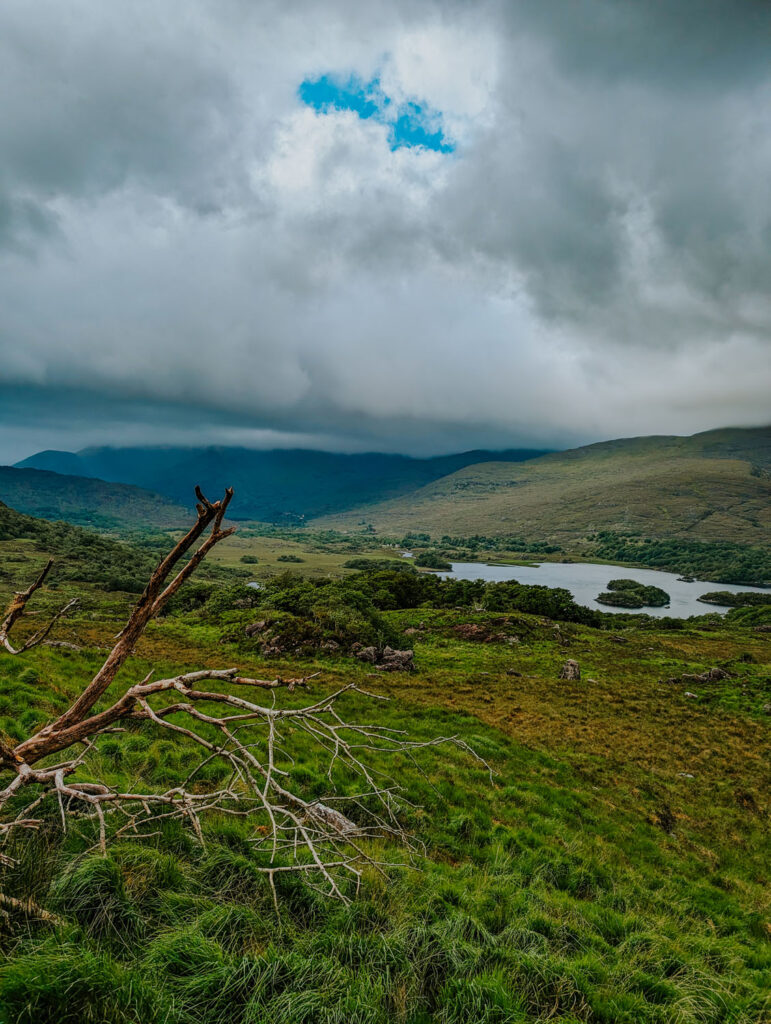
Instead, Consider the Ring of Beara
If the Ring of Kerry’s touristy roads don’t appeal to you, an alternative scenic drive is the Ring of Beara. This stunning coastal route is less famous but equally, if not more, picturesque than the Ring of Kerry!
The Ring of Beara offers rugged and untouched beauty, with dramatic cliffs plunging into the Atlantic Ocean, quiet beaches, and panoramic views over Bantry Bay and the Kenmare River. The Ring of Beara is also much more peaceful and less commercialized, so if you prefer a more relaxed, off-the-beaten-path experience where you can enjoy the beauty of Ireland’s landscapes without the hustle and bustle of large crowds, the Ring of Beara is ideal.
The drive takes you through narrow mountain passes, such as the Healy Pass, which winds through stunning, rocky terrain and offers some of the most spectacular views in Ireland. The route is known for its lush valleys, rolling hills, and scenic lakes. And there is no shortage of quaint and charming towns and villages. The Ring of Beara is approximately 137 kilometres (85 miles) long; it’s slightly shorter than the Ring of Kerry, so if you’re looking for a slightly shorter day, especially for that traveller in the winter months when there is less daylight, this might be the better option.
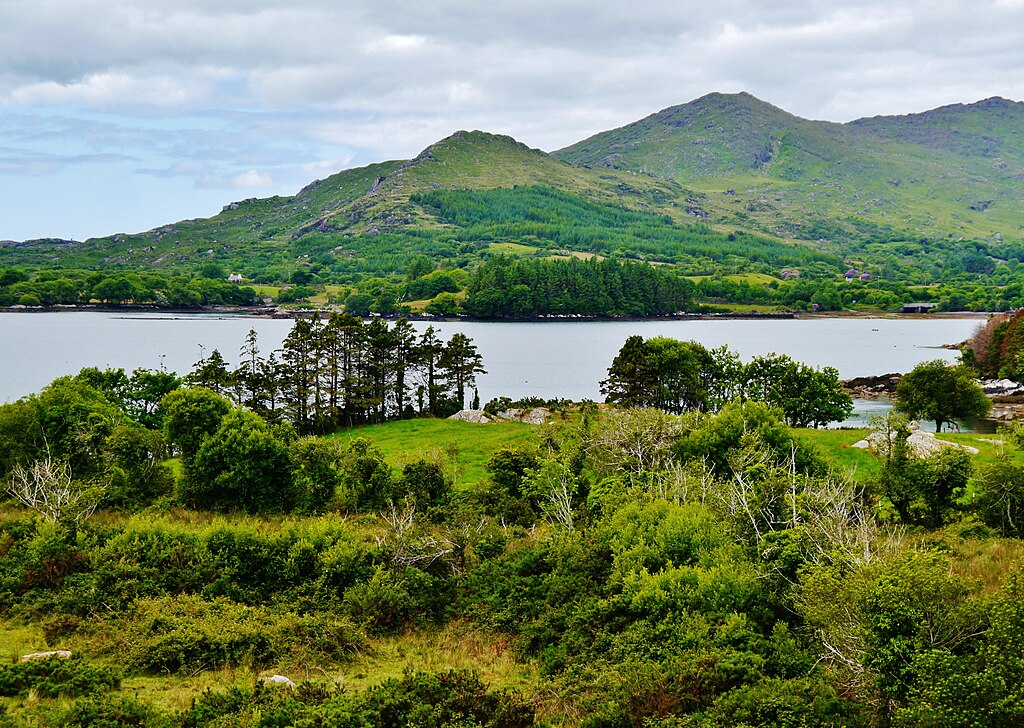
Don’t Underestimate the Weather
Ireland’s weather is unpredictable. You might wake up to blue skies and sunshine, only to be in a downpour by the afternoon. It’s easy to overlook this and get wet and cold without the right gear.
Instead, Be Prepared for Every Season in One Day
Pack layers, a good rain jacket, and waterproof shoes! Embrace the unpredictable weather as part of Ireland’s charm, and remember that a bit of rain never stops an Irish adventure. If you’re renting a car, consider always having a change of clothes in the car and a few extra layers. Trust me, if you get soaked in the rain, you’ll be very thankful to have something on hand to change into so you don’t need to drive back to your accommodation soaking wet.
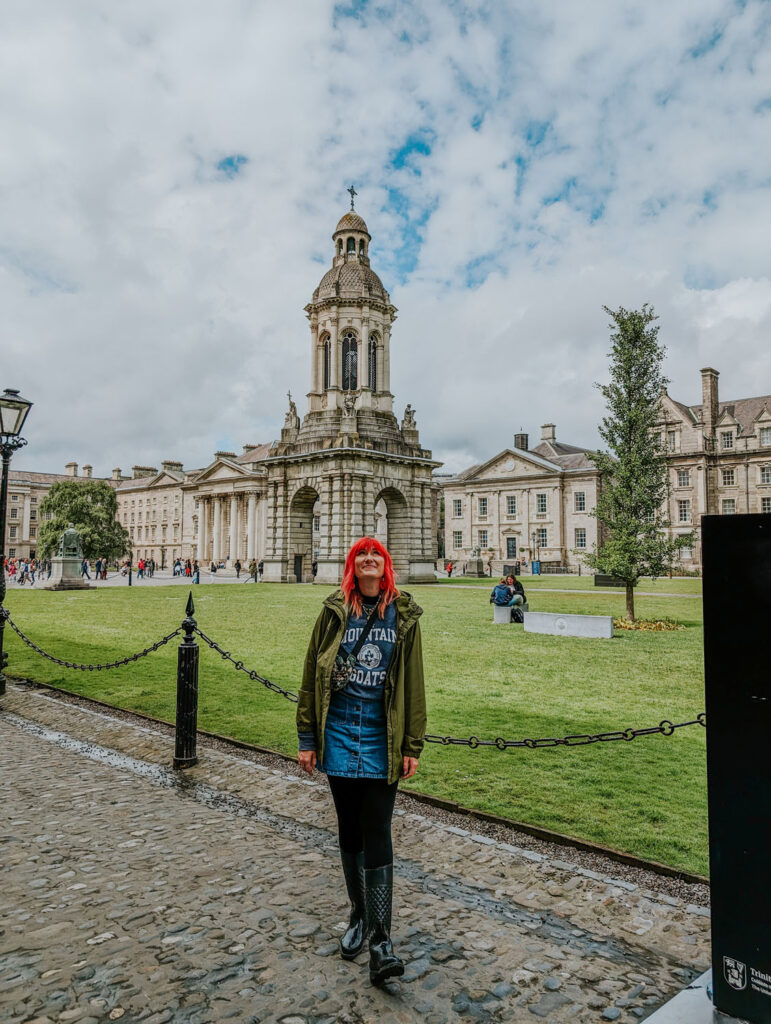
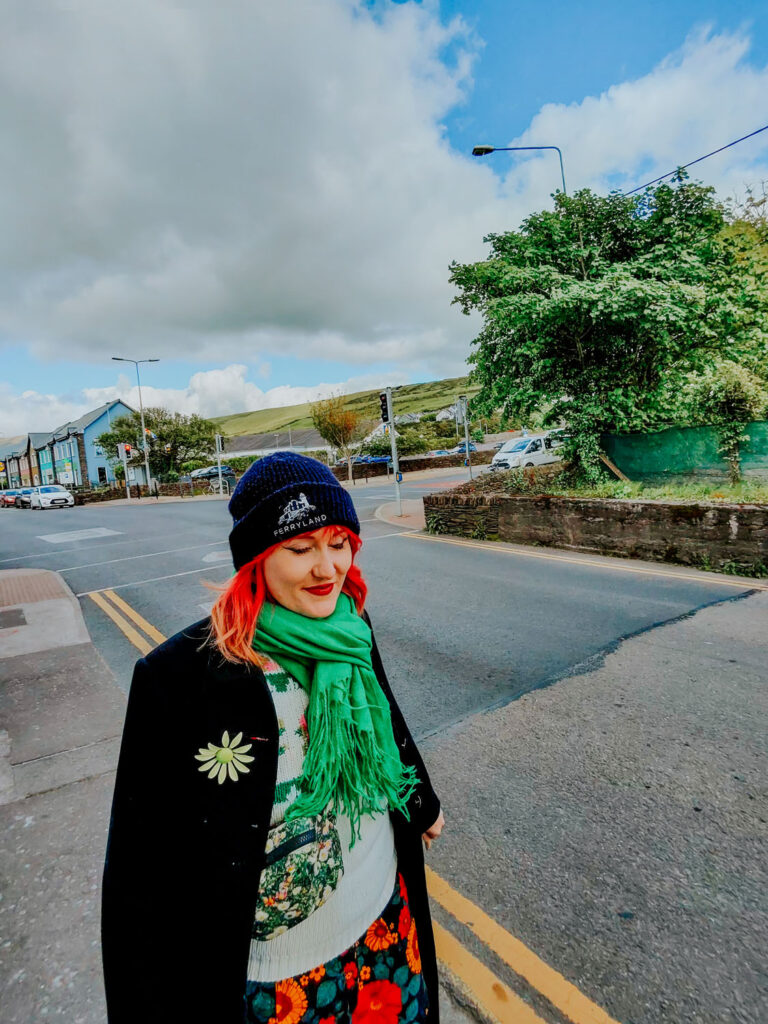
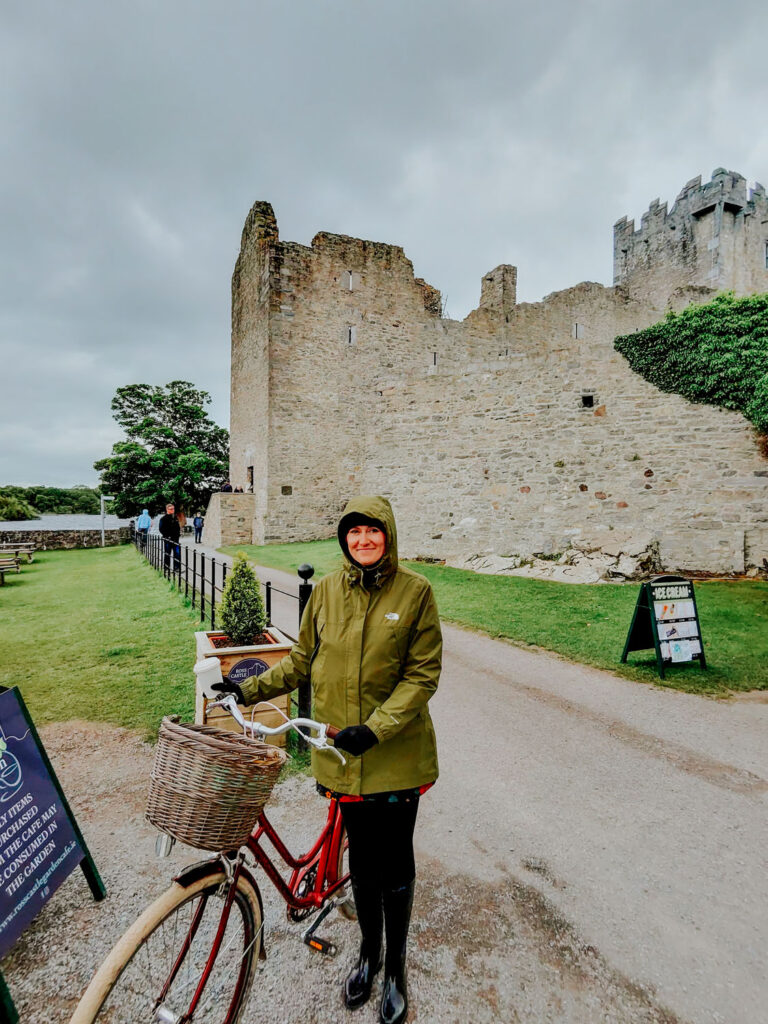
You Don’t Need a Car
Ok, so after all this talk of driving, you probably are thinking, I guess I NEED to rent a car if I want to visit Ireland. And the truth is, while renting a car allows you to explore so many parts of the country that just aren’t accessible by any other route if visiting Ireland is one of your travel dreams and you can’t drive or are too scared to drive on the other side of the road, there are other options! Ireland’s train network, operated by Iarnród Éireann (Irish Rail), connects many key cities and towns, making it a convenient option for travellers. While not as extensive as other European countries, the rail system provides good access to major destinations, particularly along the East Coast and some parts of the South and West.
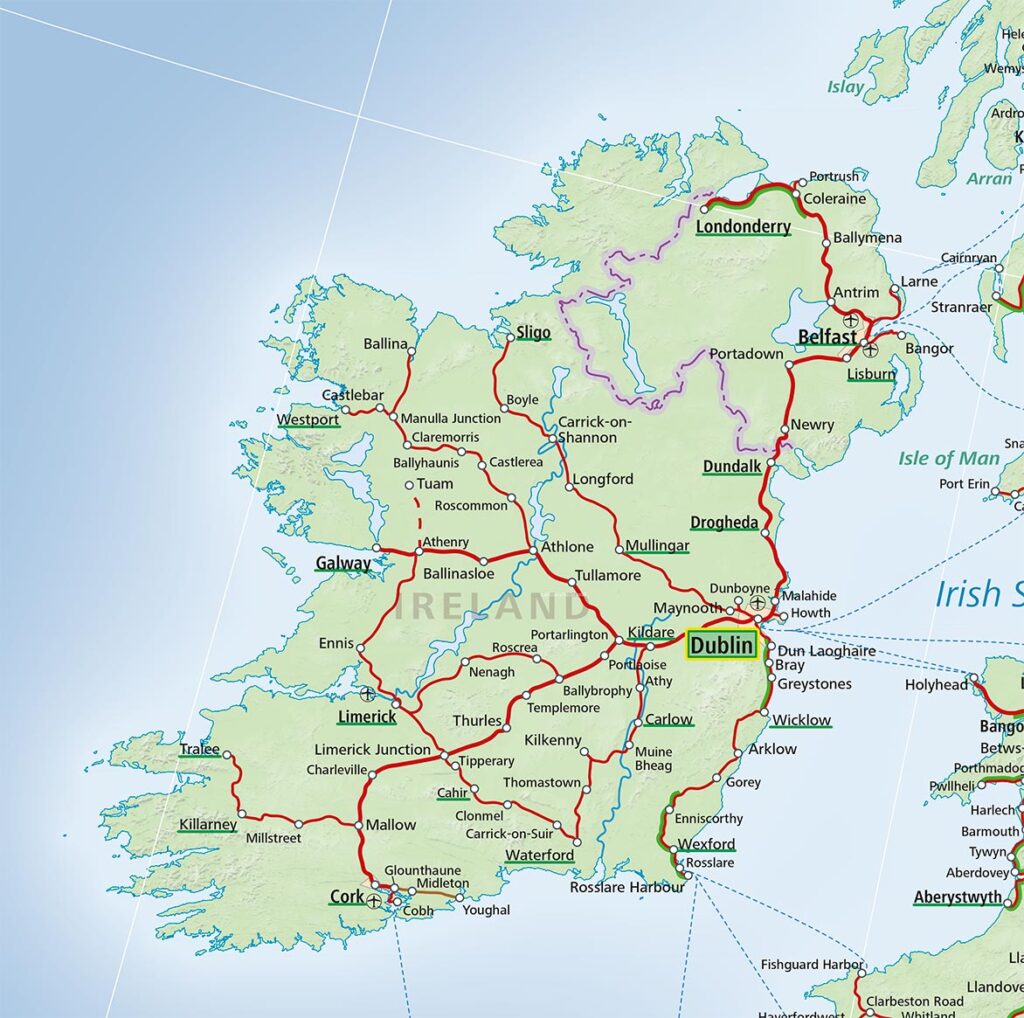
Instead, Consider Taking the Train
Dublin is Ireland’s primary hub for train travel, with two major stations. From Dublin, you can reach many other cities and towns across the country, like Cork, Galway, Belfast, Kilkenny, Killarney, and Sligo. While the train network doesn’t reach every part of Ireland, travelling between major cities and towns is convenient. To explore more remote locations, you can always take a bus tour from those major cities, such as a trip to the Cliffs of Mohr and Aran Island from Galway.
I highly recommend taking the train to Galway and seeing that city and then making a day trip, over only staying in Dublin and making all your day trips there. You’ll spend so much time on the bus, and by taking the train, you’ll still be able to explore some of Ireland’s great cities! You should also look into renting an e-bike to get out into the countryside but take things at your own pace. Ebikes mean you can take on that Irish wind without being a world-class athlete. And some of the cycling routes in Ireland are truly awe-inspiring.
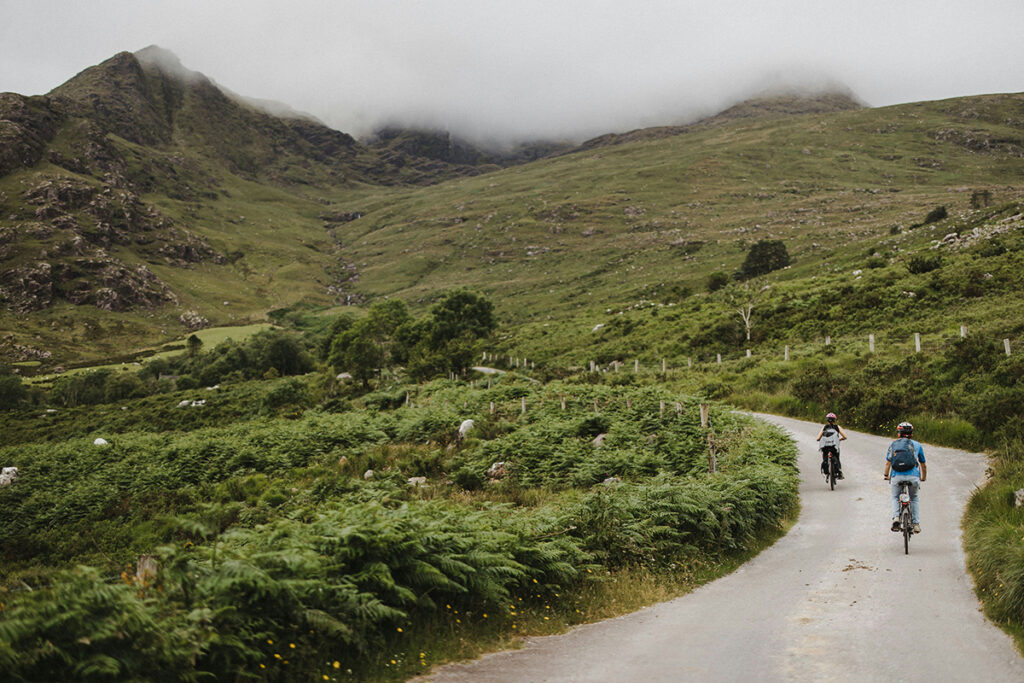
Don’t Underrate the Food
When I returned from Ireland, many people asked me about my trip and were SHOCKED when I reported that one of my trip’s best parts was the food. There has been a persistent stereotype that Irish food is all about potatoes and stews. However, the image of Irish food as bland, basic, and lacking in variety stems from times of poverty and food scarcity. Ireland was an agricultural society for much of its history, and large portions of the population were poor, particularly after the Great Famine. The diet of the average Irish person was straightforward and revolved around staples like potatoes, oats, and root vegetables. While nutritious, these ingredients didn’t lend themselves to exciting or diverse culinary traditions.

Instead, Indulge in Fresh Seafood and farm-to-table menus.
But much of this has changed over time, not just in the big cities! Ireland is now celebrated for its high-quality, locally sourced ingredients, including some of the world’s best dairy, beef, and seafood. The emphasis on farm-to-table dining and fresh, seasonal produce has elevated Irish cuisine. Ireland’s restaurant scene has flourished, with many chefs focusing on modern Irish cuisine that draws from traditional ingredients but with creative and contemporary twists. Cities like Dublin, Cork, and Galway are home to Michelin-starred restaurants, and talented chefs are helping to redefine Irish food on the world stage. Our trip took us to so many coastal villages, and the seafood we had was OUT OF THIS WORLD! The crab bisque I had in Dingle was probably the best of my life.
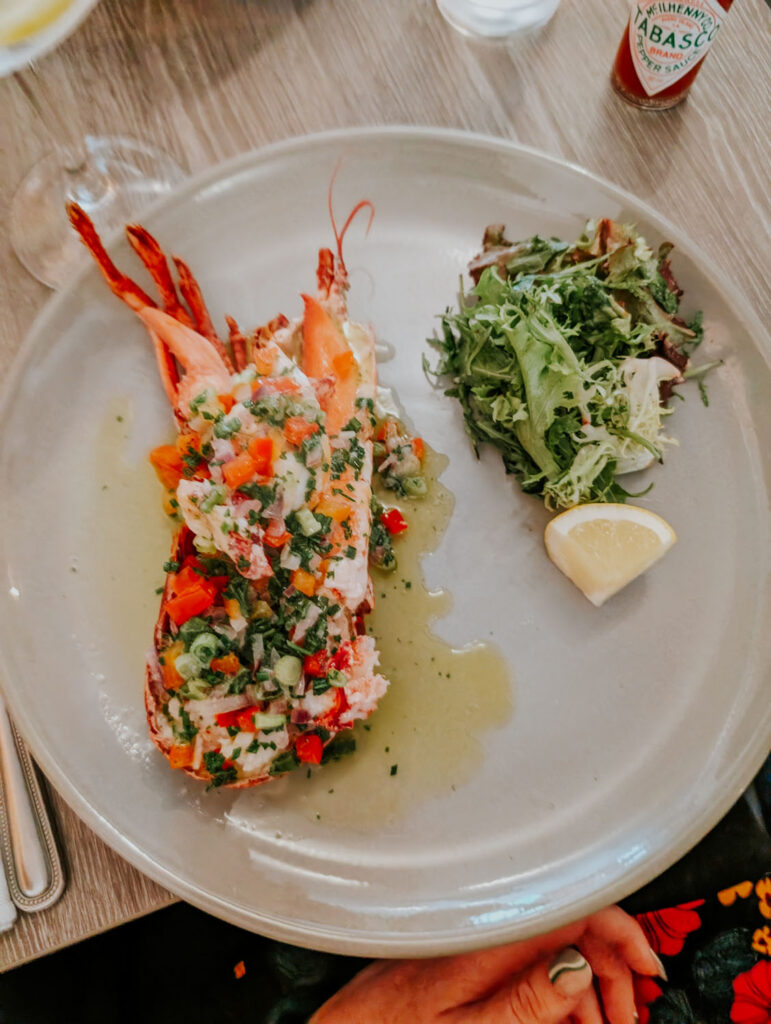
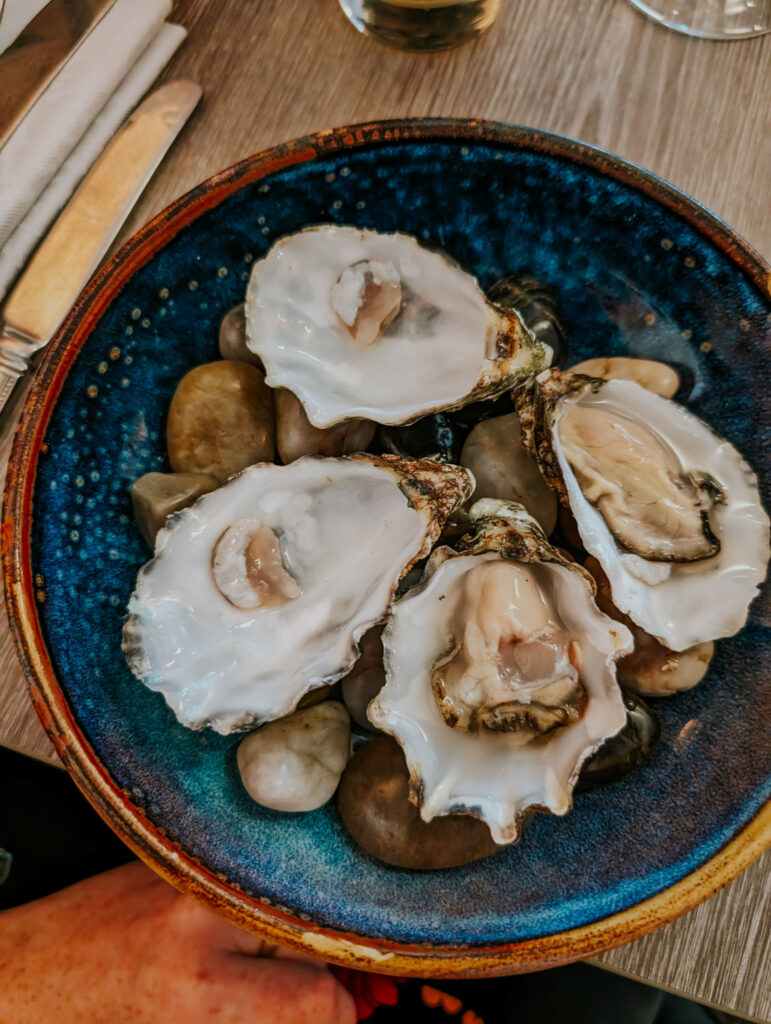
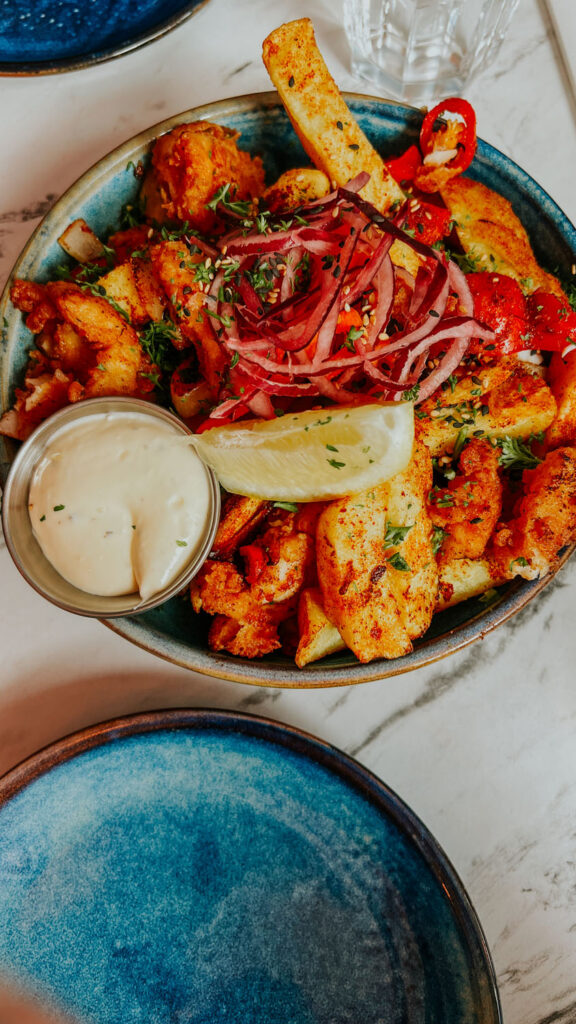
Don’t Prioritize the Cliffs of Moher
The Cliffs of Moher is one of Ireland’s most iconic and breathtaking natural attractions, rising dramatically from the Atlantic Ocean, reaching heights of up to 214 meters (702 feet) and stretching for about 14 kilometres (9 miles) along Ireland’s western coast in County Clare. The sheer drop and rugged cliff faces make for some of Ireland’s most awe-inspiring coastal views, especially on a clear day. But, as many travellers who’ve been to Ireland before have encountered, the weather in Ireland is rarely clear. Many disappointed travellers have made the long trek to the Cliffs only to be disappointed when they are barely visible through the fog and the rough winds blow so forcefully you’ll scarcely be able to walk, let alone stroll long enjoying the scenery along the cliffs.

Instead, Take the Slea Head Drive
If the touristy and unpredictable nature of the Cliffs of Moher isn’t your thing and you’re looking for an excellent alternative, you need to make a point to visit Dingle and take the stunning Slea Head Drive. Dingle was, without a doubt, my favourite place we stayed in Ireland. It is well worth at least two days exploring the Dingle Peninsula and its amazing rugged coastal scenery, complete with dramatic cliffs. The Slea Head Drive is a scenic loop that takes you along the westernmost edge of the Dingle Peninsula, offering breathtaking views of the Atlantic Ocean, the Blasket Islands, and the Wild Atlantic Way. The cliffs along this drive are as impressive as any in Ireland, and you’ll encounter numerous scenic viewpoints, including stops at places like Coumeenoole Beach and Dunquin Pier.
The drive is not just about the cliffs but also about immersing yourself in the beauty of mountainous landscapes, green fields, and coastal vistas. Dunmore Head is the westernmost point of mainland Ireland. The cliffs here are rugged, and the views over the Blasket Islands and the vast Atlantic Ocean are spectacular. The area is perfect for hiking or a quiet stroll, allowing you to take in the dramatic coastal scenery without the large tourist crowds of the Cliffs of Moher.
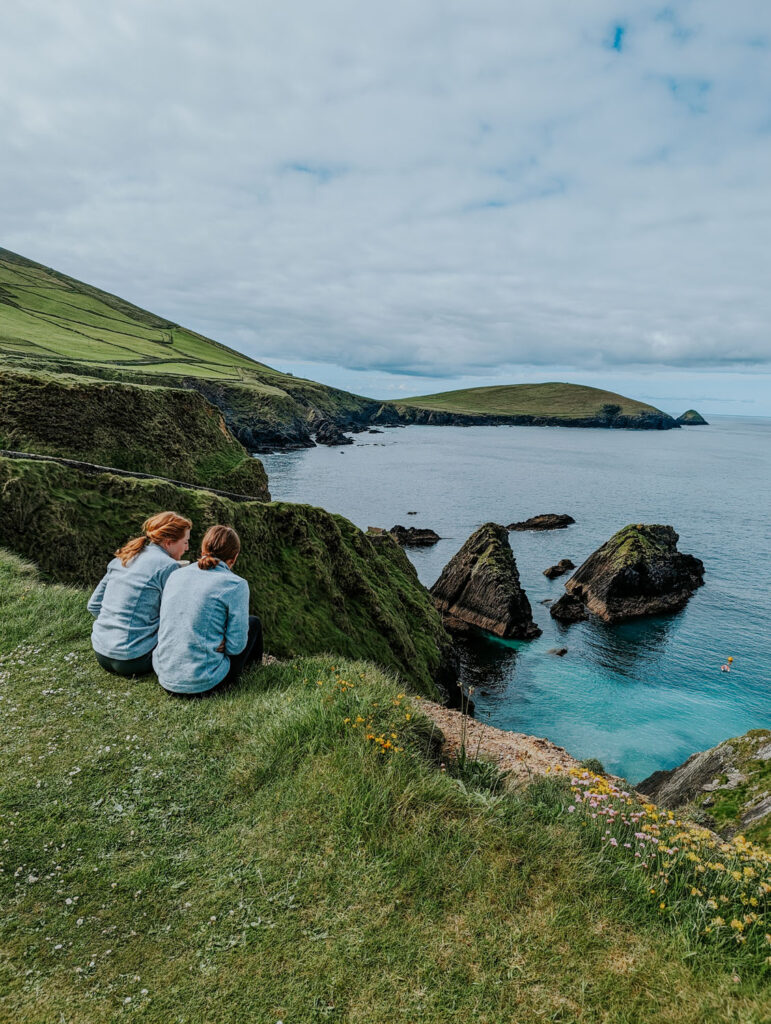
Don’t Miss the Gardens of Blarney Castle
Blarney Castle, located near Cork in southern Ireland, is probably one of the most famous sights in Ireland. This famous medieval stronghold dates back to the 15th century and is best known for the Blarney Stone, which is said to give those who kiss it the “gift of eloquence” or the ability to speak persuasively. Visitors must climb a steep, narrow staircase to reach it and lean backward over a gap (with assistance) to kiss the stone.
But they don’t tell you that the wait time to kiss the Blarney Stone is often the longest part of the visit, especially during peak tourist season (summer months). Depending on the time of year and day, the wait can be anywhere from 30 minutes to 2+ hours. The queue forms at the tower’s base and moves up a narrow spiral staircase. We got in line early in the morning, and our wait was over an hour. And the winding staircase up to the stone is dull, without much to see or entertain you. So bring a book or podcast, or spend the time catching up on your Instagram posts!
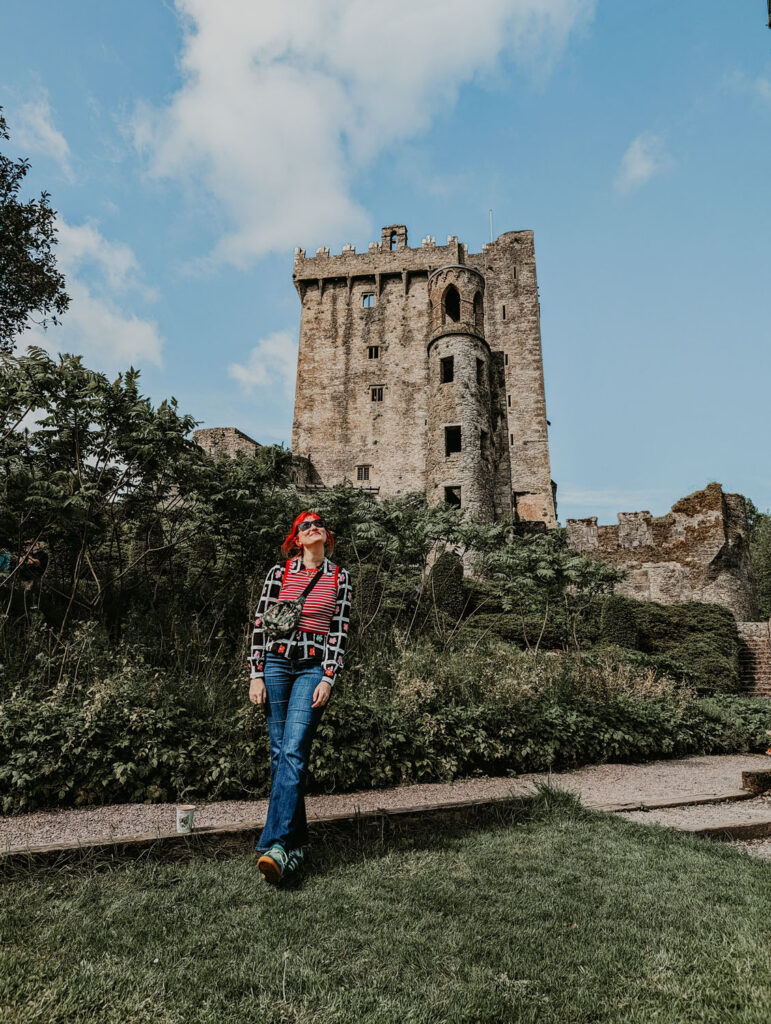
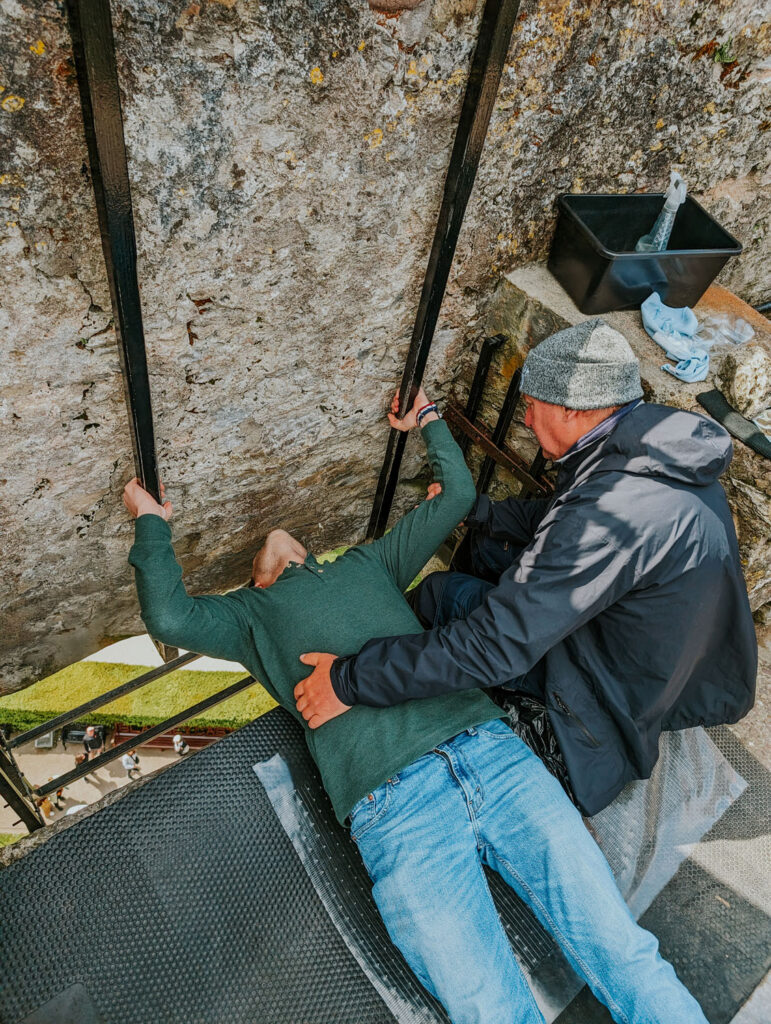
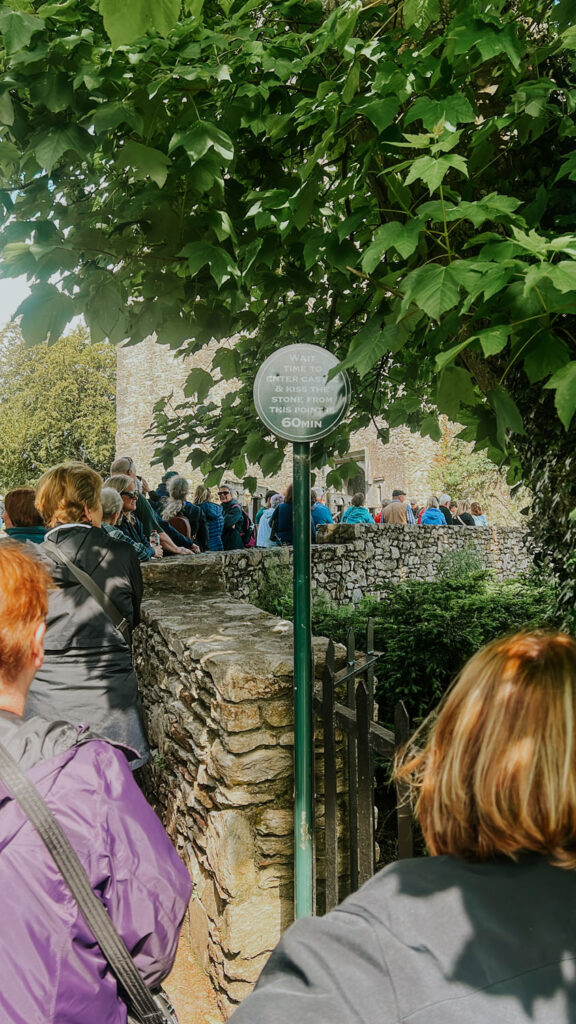
Instead, Consider Skipping the Kiss
If you come to Blarney Castle with limited time, consider not waiting in line and giving it a miss. I know, I know, “blasphemy!” you might say. But I watched so many visitors, mainly on time-sensitive bus tours, who were waiting in line, kissing the stone, and had to get right back on the bus. And they missed out on the best parts of visiting the castle. The castle is set amid beautiful gardens and offers visitors a glimpse into Ireland’s rich history and folklore. The land is believed to have been a sacred site for the Druids long before the medieval structure was erected. The Druids, the learned class of ancient Celtic societies, were known for their spiritual practices, which were closely tied to nature, the seasons, and sacred places. Several areas around Blarney Castle reflect these ancient connections, including the Rock Close (Druid’s Circle), Wishing Steps, and the Witch’s Kitchen. Missing out on exploring these places allows you to experience the spiritual energy and mystery of Ireland’s ancient past.
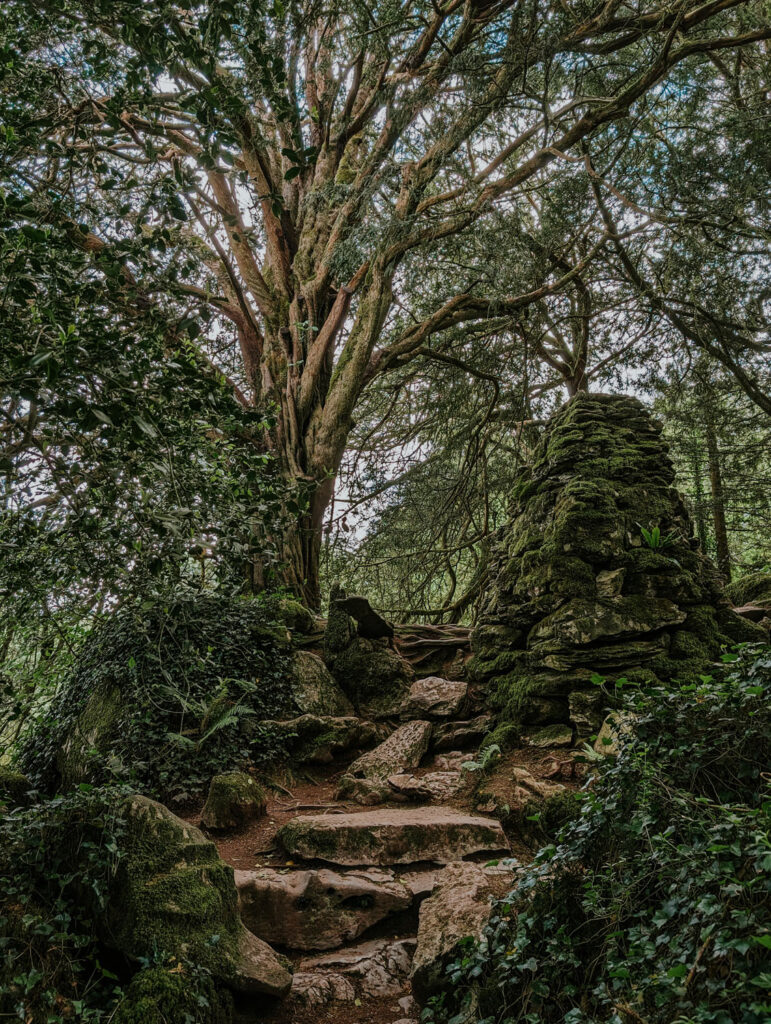
Don’t Forget Your VAT Refund
When buying Irish wool products or other expensive goods in Ireland, non-EU residents can often claim a tax refund (VAT refund). Ireland’s VAT rate on goods, including wool products, is 23%, so it’s no small fee that really adds up along the way. Look for stores displaying signs like “Tax-Free Shopping” or “VAT Refund “. These stores are registered to participate in the tax-free shopping refund. Ask the shop if they offer VAT refund forms when purchasing products. Some stores automatically provide these forms, while others may require you to request them. Usually, there is a minimum purchase amount to qualify for VAT refunds (e.g., €30), so check with the retailer. And be sure to keep all your receipts. There are different refund providers, and often, you can’t combine these forms, so you might have to keep track of which purchases go with which provider.
Instead, Ask for a VAT Refund Receipt
Before leaving Ireland or the EU, you must get your VAT refund form stamped at customs at the airport or point of departure. Present your receipts, purchased goods, passport, and completed VAT refund form at the VAT refund desk or self-service kiosks (usually found in major international airports). It might seem like a hassle if you aren’t spending too much money, but if you’re planning on bringing home lots of expensive wool products, you might save yourself money by getting the refund.
Don’t Forget to Booking Tickets in Advance
Ireland, especially in high season, can be very busy, and buying tickets in advance for popular attractions is highly recommended. Some sites, such as Newgrange or the Book of Kells exhibit at Trinity College, have limited daily admissions, so it is essential not to overlook booking these tickets in advance.
Instead, Plan Well Ahead of Time for Popular Attractions
Purchasing tickets in advance ensures entry and avoids disappointment, especially for attractions that sell out quickly. We saw many people getting turned away at the Book of Kells, and at Blarney Castle, the line to buy tickets was extremely long. Pre-booking tickets allows you to skip long lines and enjoy the site more than wait. Many attractions offer discounts or special rates for online bookings, so buying tickets in advance can save you money. Additionally, package deals for multiple attractions are often available online, providing more value for your trip.
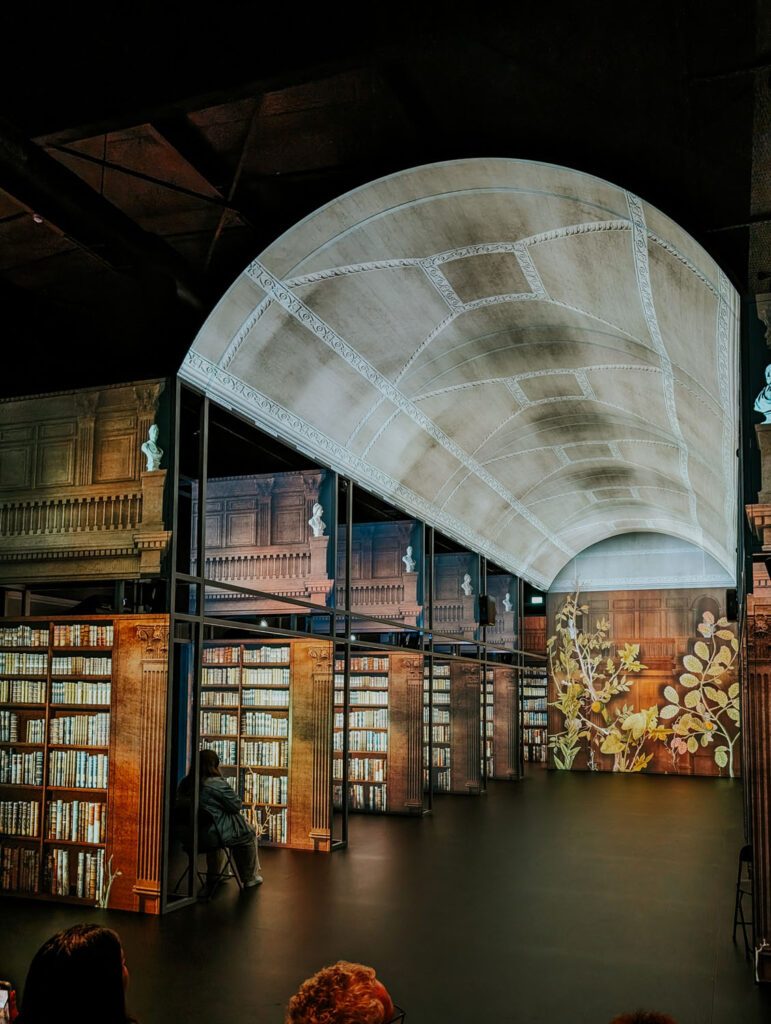
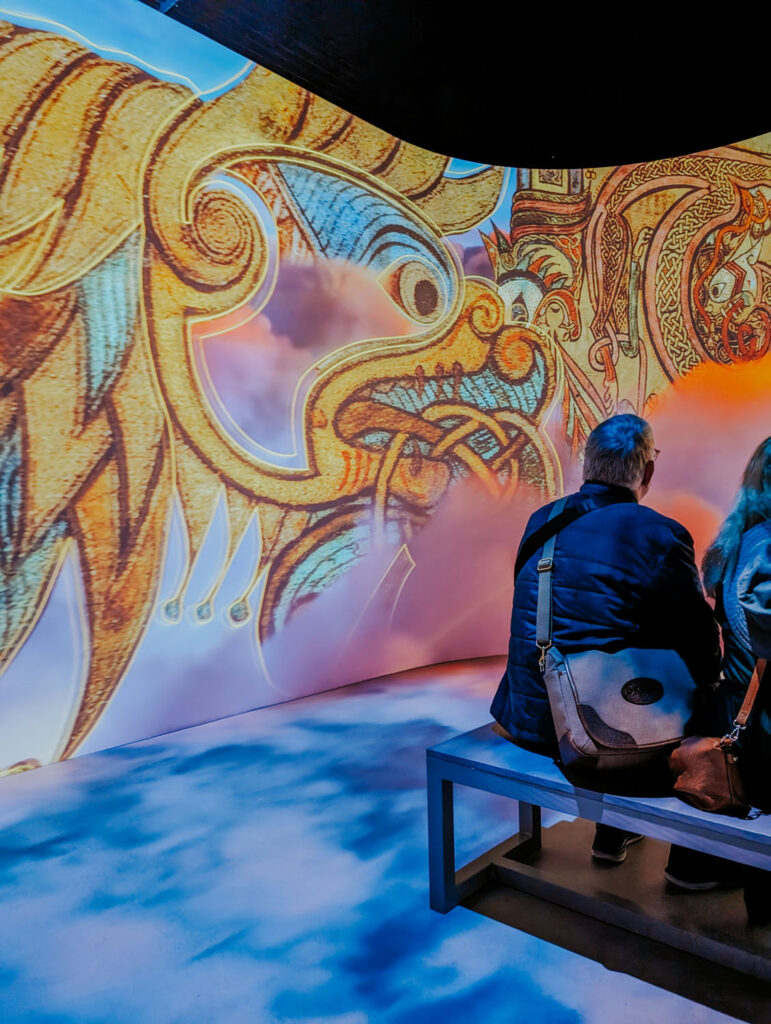

Don’t miss the Irish Beaches!
You might be thinking that the last thing I expected to be associated with Ireland was beaches, but honestly, the beaches in Ireland are one of its most incredible hidden gems! Though Ireland is known for its green countryside, its beaches are equally captivating with their wild, unspoiled beauty. From the long stretches of sand at Inch Beach in County Kerry to the sandy dune of Brittas Bay, Irish beaches offer diverse scenery for beachgoers and adventurers alike. Even if it’s too cold to swim, Irish beaches offer views of the dramatic coastlines covered in golden sands and breathtaking views of the Atlantic Ocean.
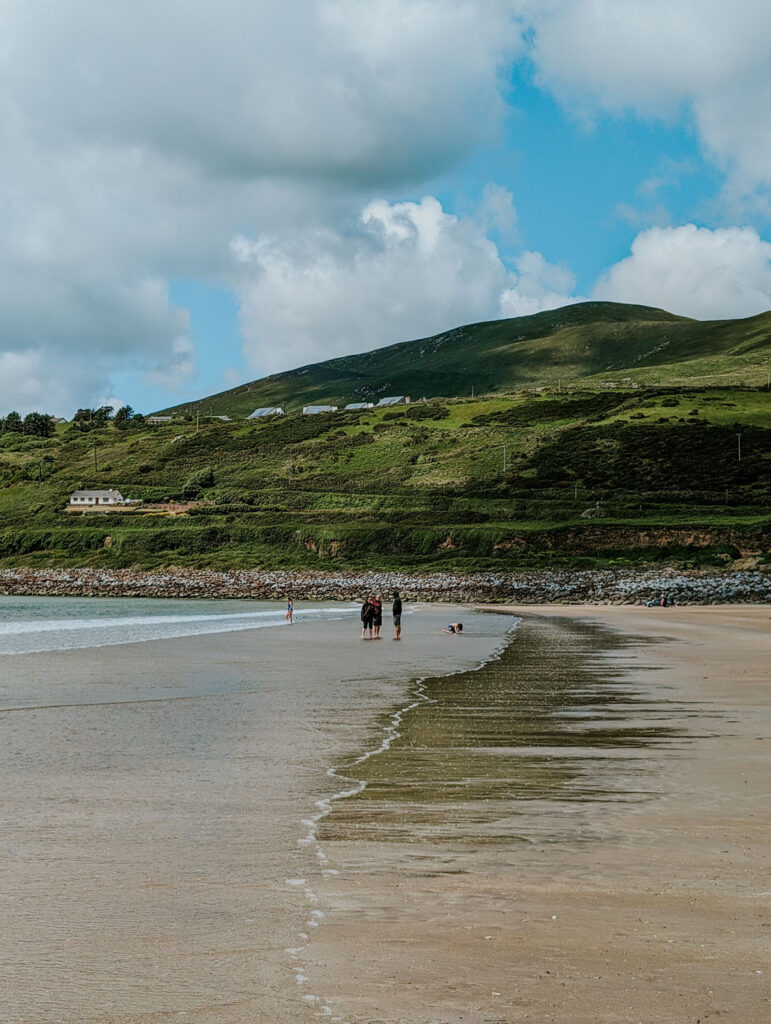
Instead, Jump on a Surfboard!
Despite the cooler climate, Irish beaches are famous for activities like surfing, especially along the Wild Atlantic Way, with spots like Bundoran and Lahinch drawing surfers worldwide. Or if surfing isn’t suitable for you or the time of year, visiting beaches like Ballycastle Beach in Northern Ireland and Curracloe Beach in County Wexford are a popular spot to sightsee as they have been featured in films like Game of Thrones and Saving Private Ryan.
Don’t Just Drink Guinness
Guinness is iconic, and you should try it fresh in Ireland. But it’s not the only drink in town; sticking only to it could mean missing out on other fantastic Irish beverages.
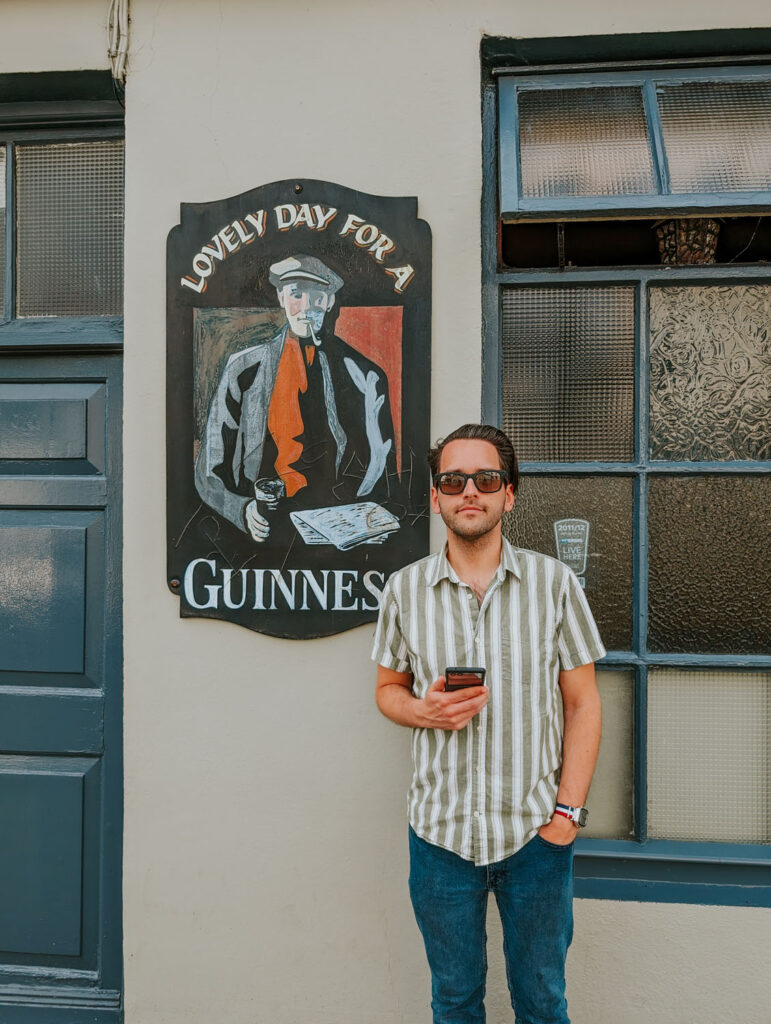
Instead, Sample Ireland’s Whiskeys and Gin
Due to triple distillation, Irish whiskey is unique for its smoothness, removing impurities and resulting in a lighter flavour than Scotch whisky. It typically uses both malted and unmalted barley, creating a creamy, spicy profile, and unlike Scotch, it’s generally peat-free, leading to a cleaner taste. One of the most famous whiskey brands in Ireland is Jameson, and you can even visit their distillery right in the heart of Dublin. Another surprising addition to the bar menus across the country was Irish-distilled gin! These local distilleries have been inspired by the botanicals from the Irish landscape, and if you see Dingle Gin behind the bar, definitely be sure to try it!
Don’t Visit Galway on a Weekend
You might want to avoid visiting Galway on a weekend because the city can get extremely crowded, particularly during popular times like summer or when festivals like the Galway Races or the Galway International Arts Festival are happening. The influx of tourists and locals on their stag and hen dos (bachelor and bachelorette parties) can lead to packed pubs, long restaurant queues, and high accommodation prices. Plus, the small streets and charming pedestrian areas can feel congested, making it harder to enjoy the city’s laid-back vibe.
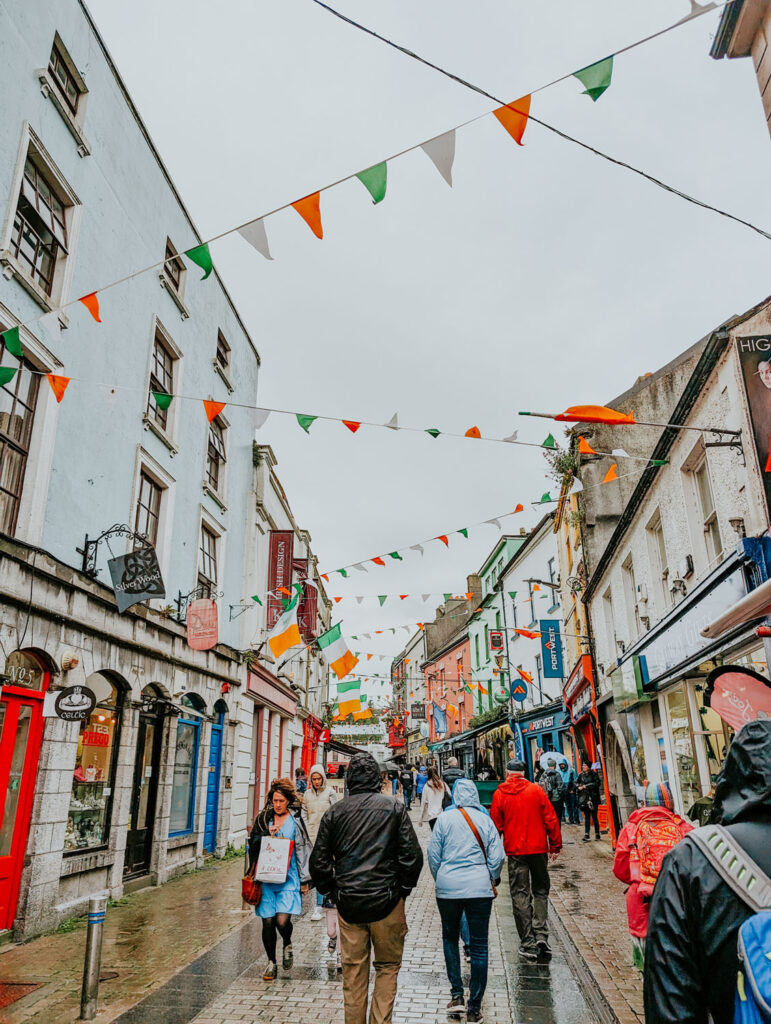
Instead, Visit During the Week
Visiting during the week gives you a more relaxed experience, allowing you to explore Galway’s culture and attractions at a slower pace. Although some bars only have traditional music on the weekend, the most popular spots on the streets have music throughout the week, so you won’t miss out. Stop by Tigh Coili, Taaffes Bar, Tigh Neachtain or The Crane Bar for music all throughout the week.
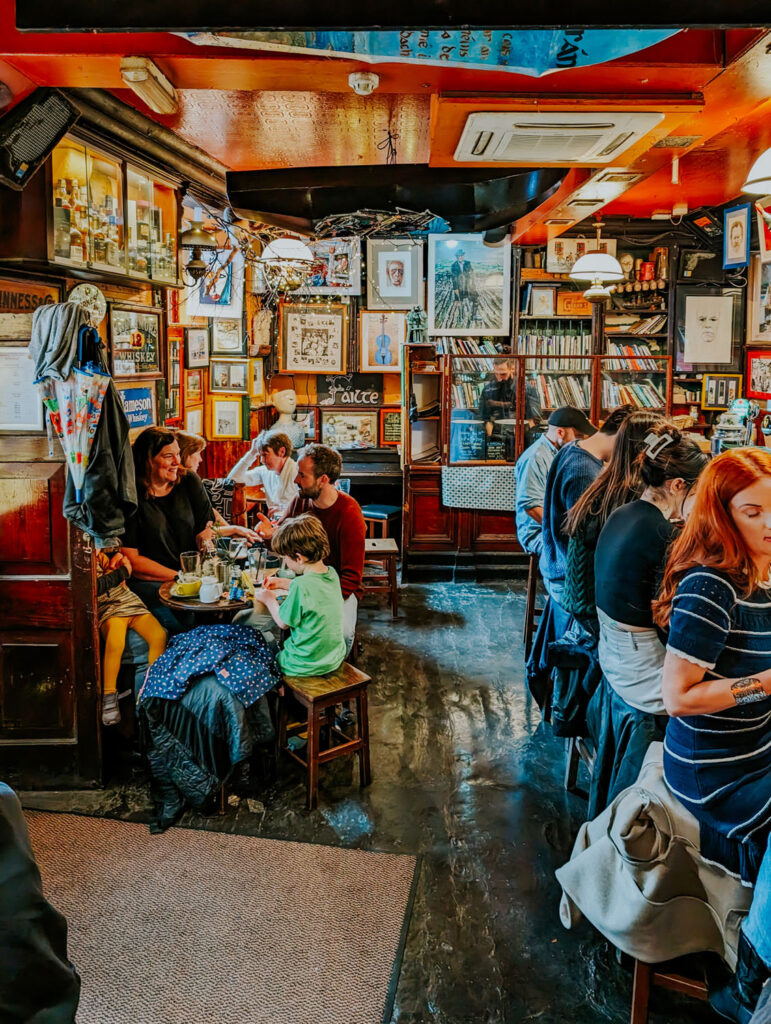
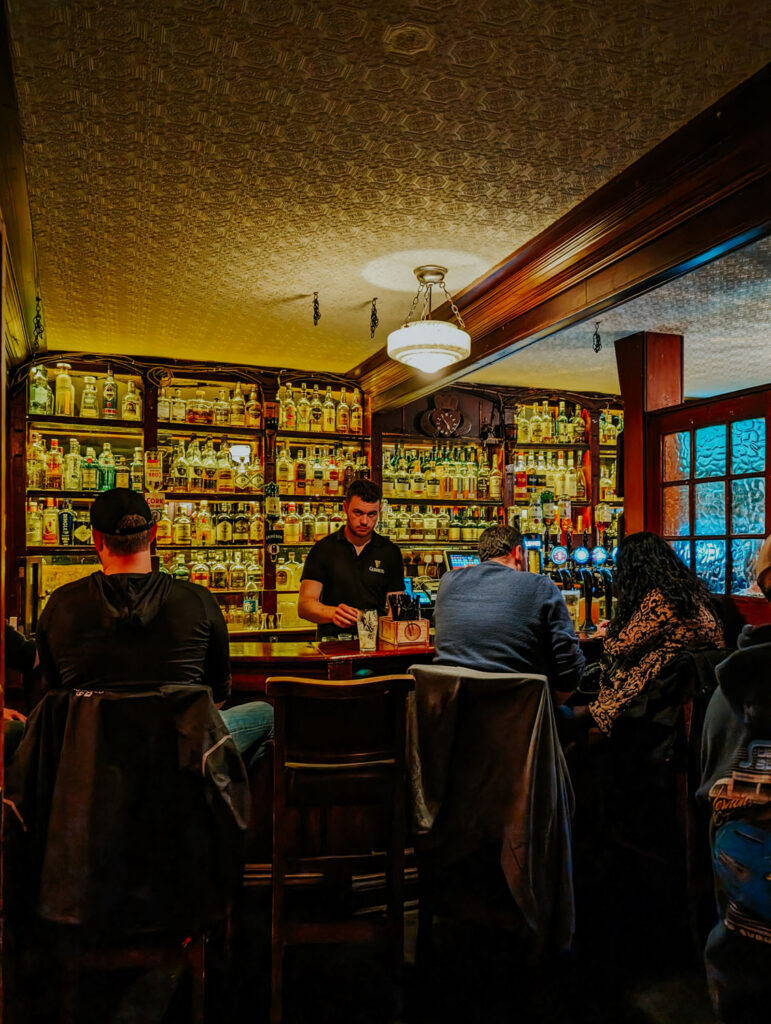
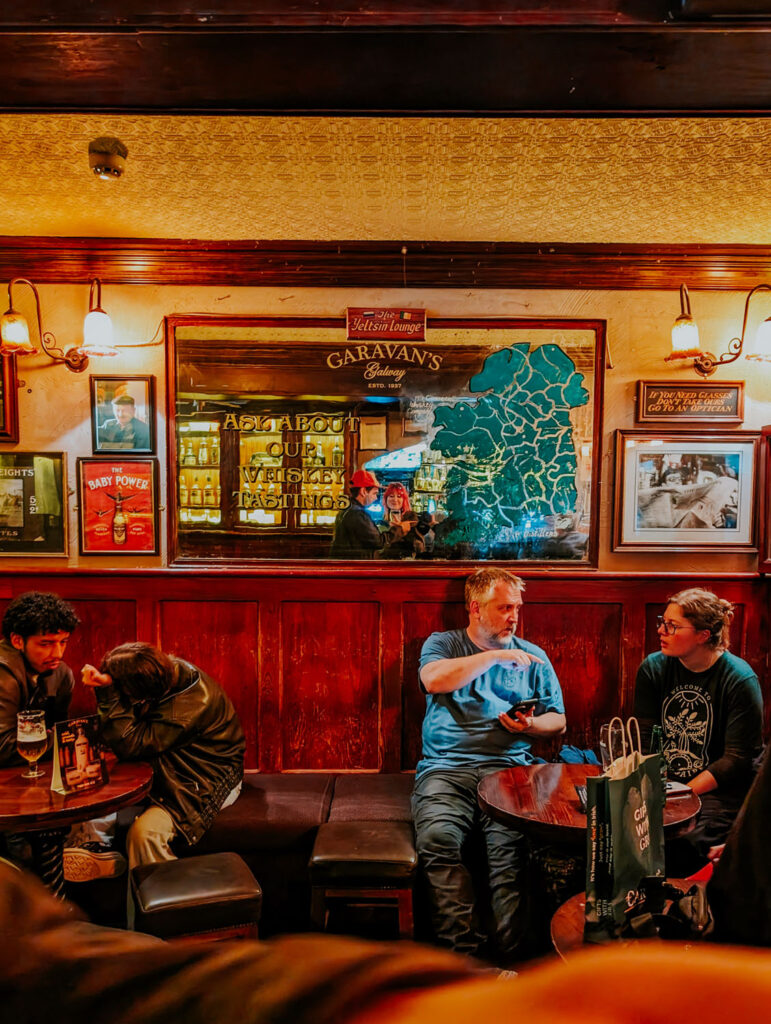
Don’t Reserve The Book of Kells Experience During Restoration
The Book of Kells, located inside Trinity College Libary, is a medieval manuscript created by monks in the 9th century, containing the four Gospels of the New Testament, richly decorated with intricate and colourful illustrations and Celtic art. It is considered one of Ireland’s greatest cultural treasures and a masterpiece of early Christian art. But the Book of Kells isn’t just something you can flip through. Visitors can only view one illuminated manuscript page, which is changed periodically. The rest of the visit to the Book of Kells usually involved walking through the impressive Long Room library, which used to hold thousands of historical texts. However, the Long Room at Trinity College Dublin is undergoing major renovations as part of the Old Library Redevelopment Project. The renovations, which will continue through 2025, are focused on addressing environmental and structural challenges, such as dust accumulation and outdated fire safety measures, but the result is that much of the library is void of books, and some areas might be off limits.
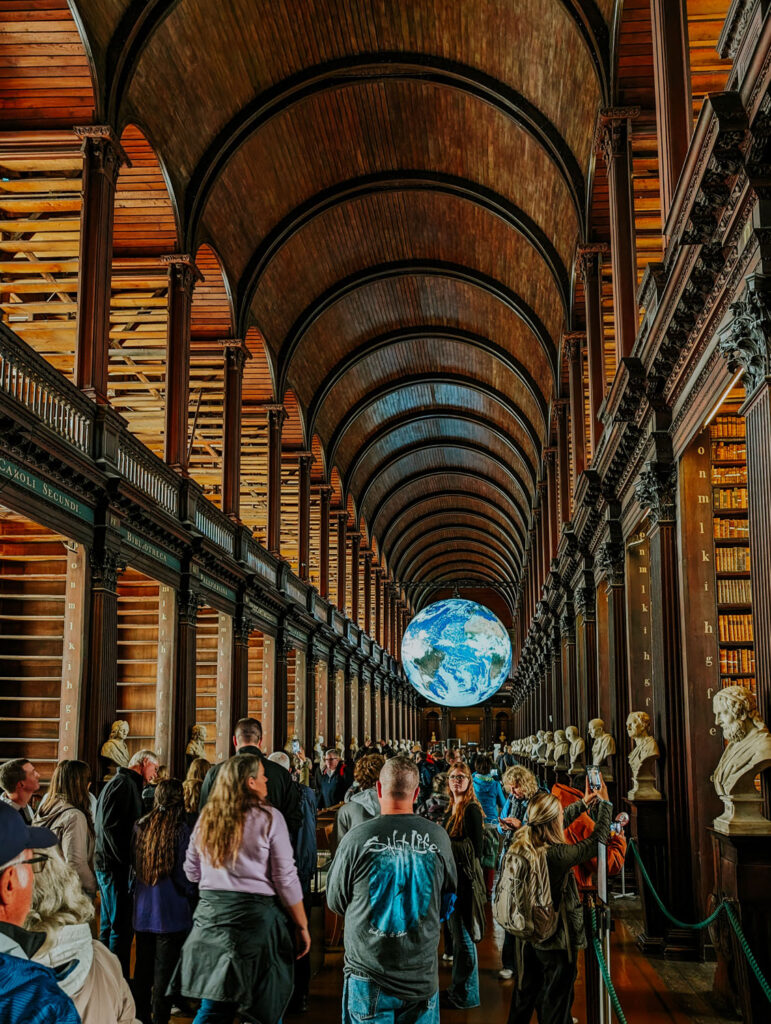
Instead, Visit Marsh’s Libary
If you’re looking for an alternative to visiting the Book of Kells at Trinity College, consider heading to Marsh’s Library in Dublin. Established in 1707, it’s one of Ireland’s oldest public libraries and offers a quieter, less crowded experience while still steeped in history. The library is beautifully preserved, with original oak bookcases and a unique collection of rare manuscripts, books, and maps. It provides a more intimate glimpse into Ireland’s literary and scholarly past, making it an excellent alternative for those who avoid the tourist-heavy crowds at the Book of Kells.
Don’t Force a Visit to Temple Bar
Temple Bar is often promoted as the go-to spot for Dublin nightlife, but locals typically avoid it due to the large tourist crowds, high prices, and a somewhat manufactured “traditional” atmosphere. If you are hell-bent on seeing it, you can get your picture outside, which is honestly one of the only impressive things about it. There are more authentic pubs throughout Dublin where you can enjoy a traditional Irish experience at a fraction of the cost.
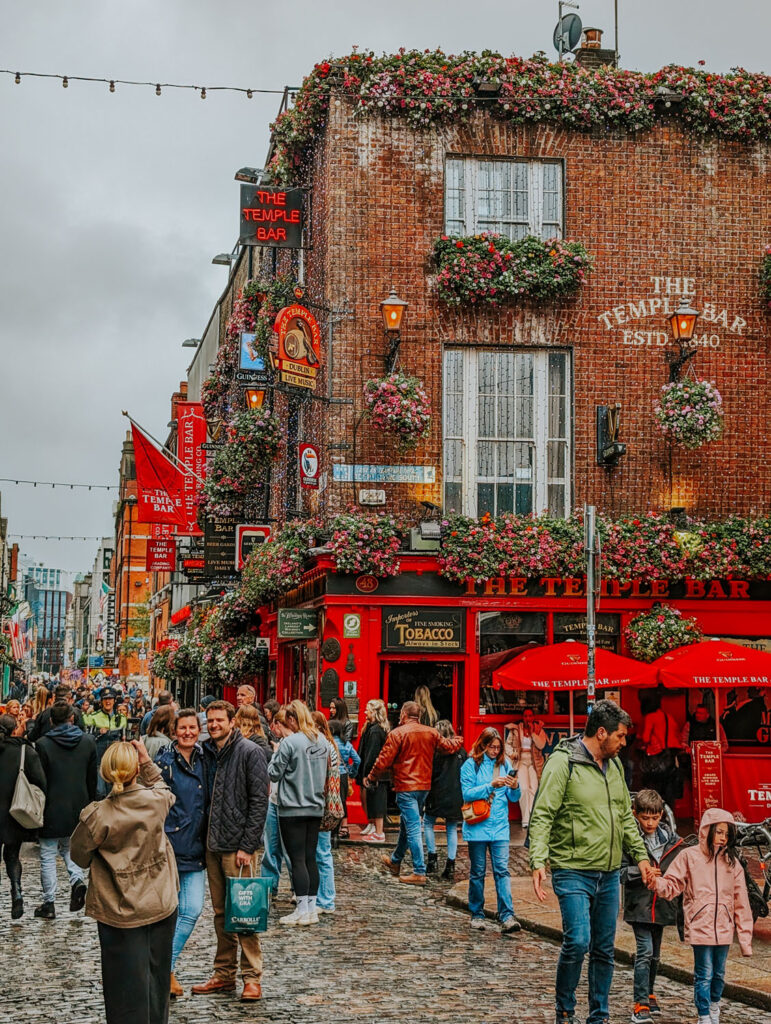
Instead, Try Exploring other Local Spots
If you’re looking for trad music, try heading to The Cobblestone, as this pub is known as the home of traditional Irish music. This spot offers an authentic and cozy atmosphere without the inflated prices due to its location outside the tourist centre. The Stag’s Head is another fantastic alternative to Temple Bar if you’re looking for a pub with a beautiful interior to sit down and enjoy a pint and a football match with some locations. This historic Victorian pub has been beautifully preserved with mahogany bars, mosaic floors, and stained glass. Although it’s still a spot many tourists visit, I found it much less busy than Temple Bar and even more beautiful.
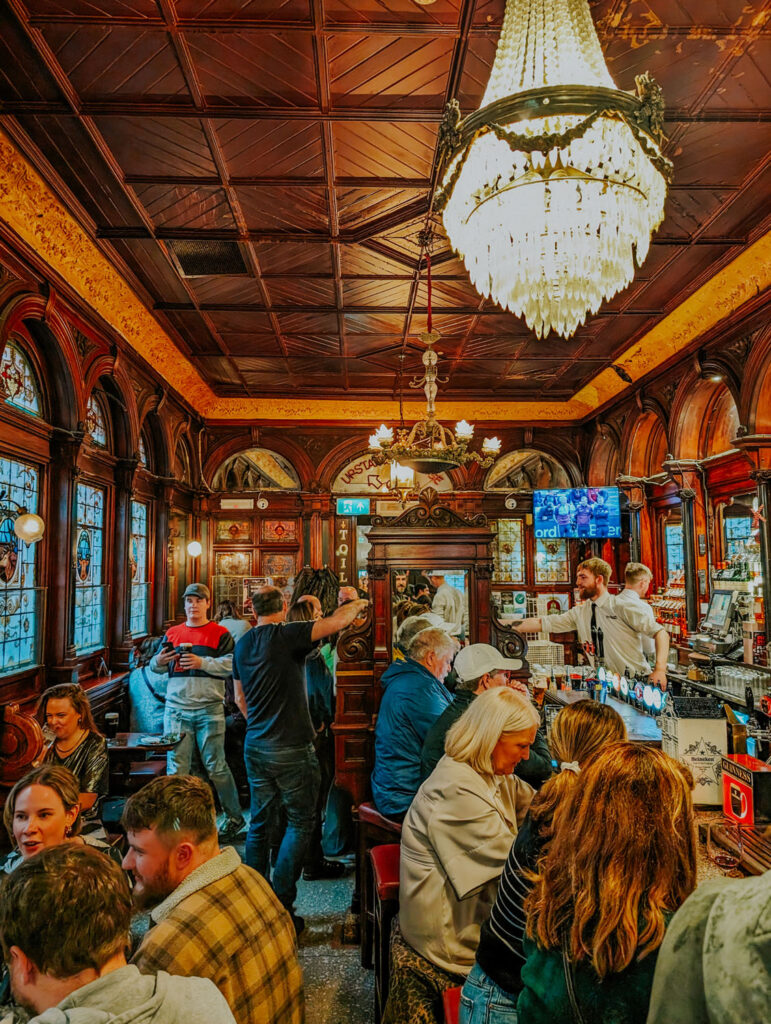
For a laid-back, no-frills experience, Grogans is known for its simple atmosphere, great Guinness, and famous toastie (grilled cheese sandwich). Locals love its old-school charm and the outdoor seating area along William’s Street, which makes it a great spot to relax and enjoy the Dublin vibe. If you’re looking for a slice of history, head to The Long Hall, Dublin’s oldest pub. Established in 1766, this luxurious traditional pub is beautifully decorated with filigree-edged mirrors and polished dark wood, making you feel like you have stepped back in time while drinking your pint of Guinness.

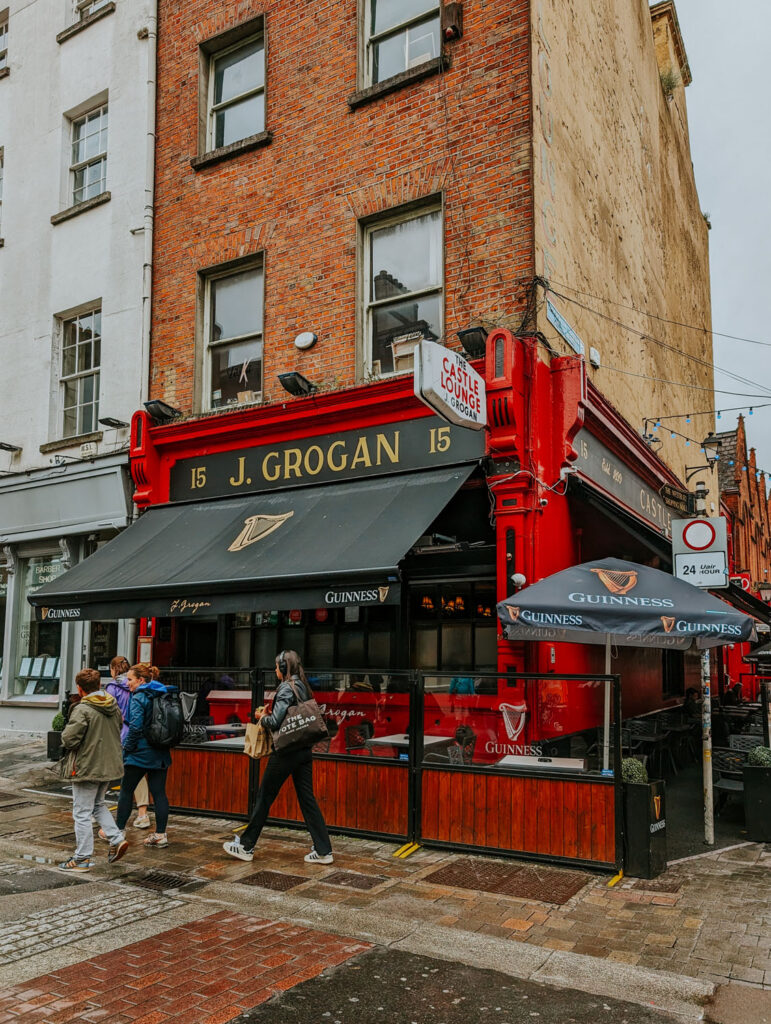
I hope this guide gave you some alternative ideas of what to do and what to avoid on your next trip to the Emerald Isle! By avoiding these common mistakes and embracing the local way of life, you’ll have a more authentic experience and create lasting memories of this beautiful country. Sláinte!
Happy Travels, Adventurers
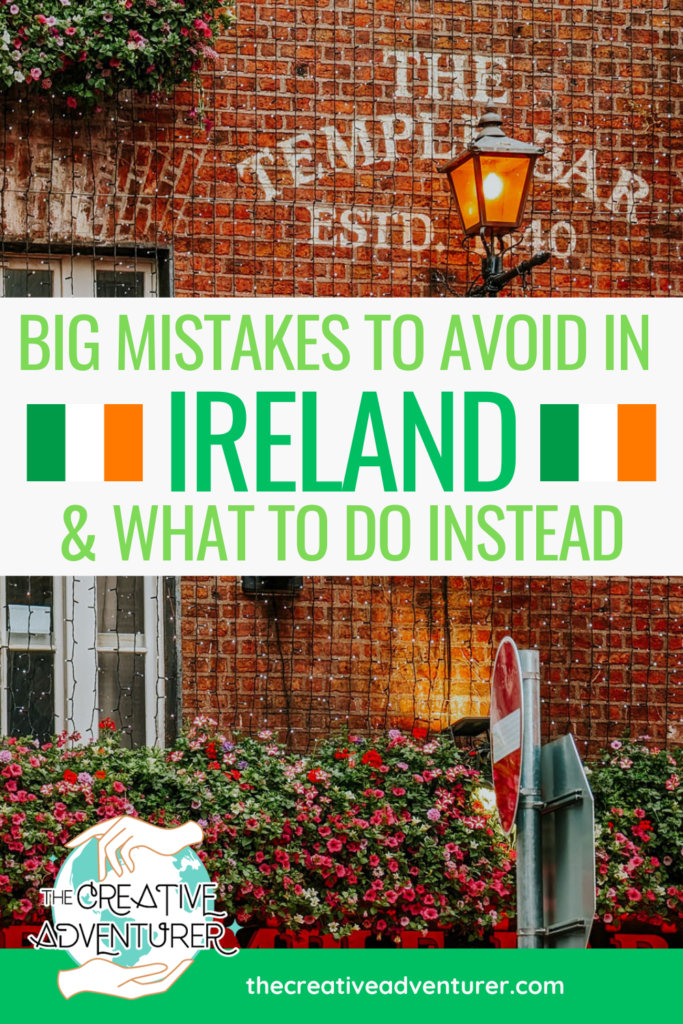
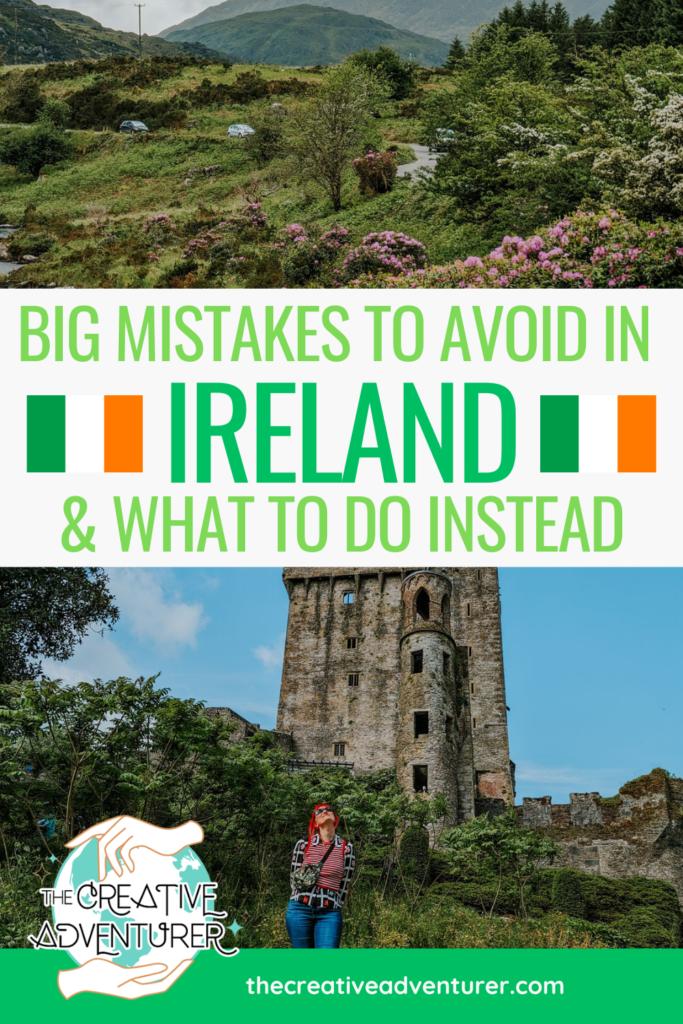
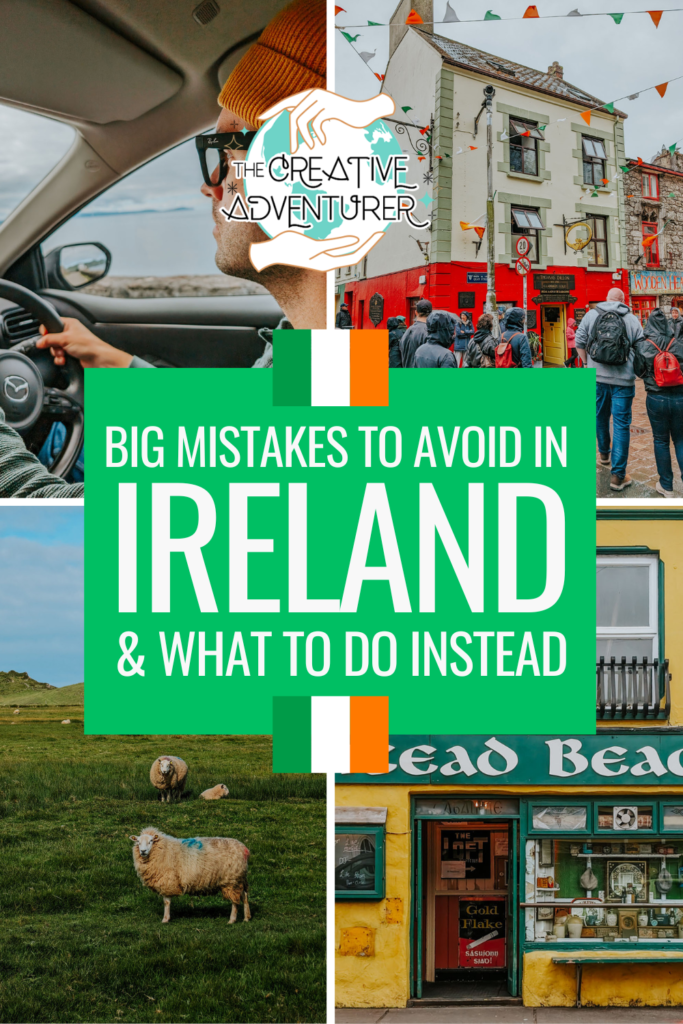
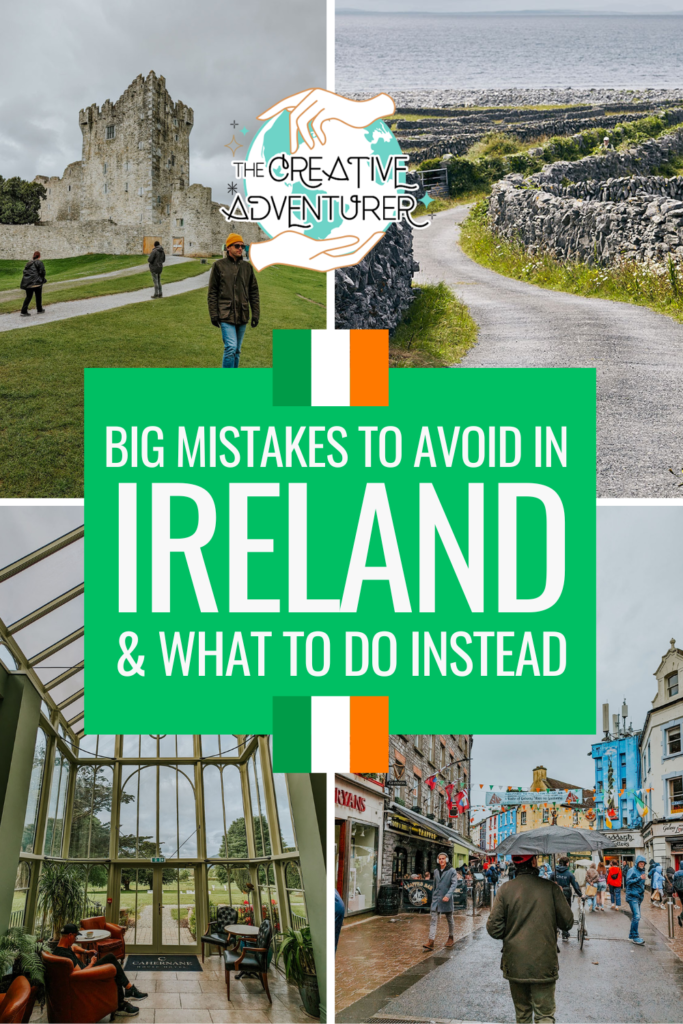
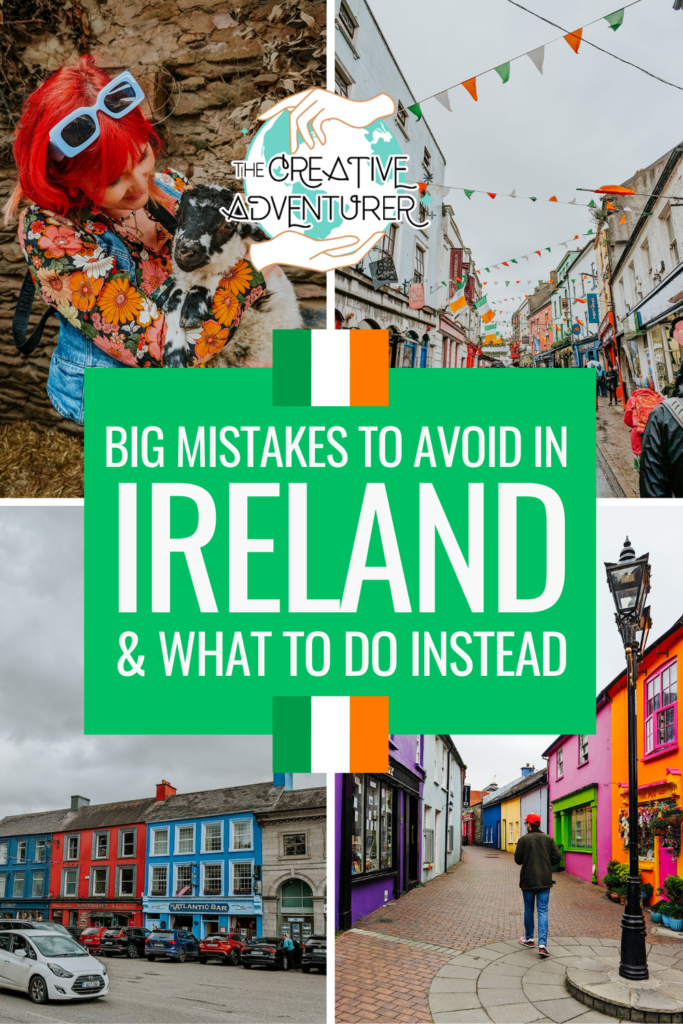
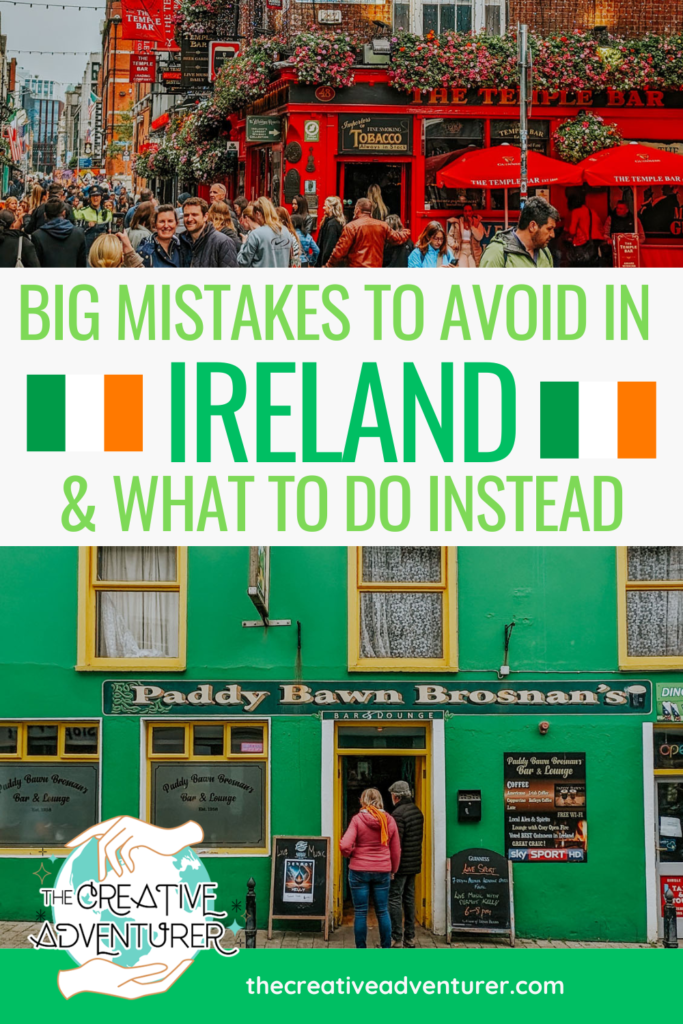


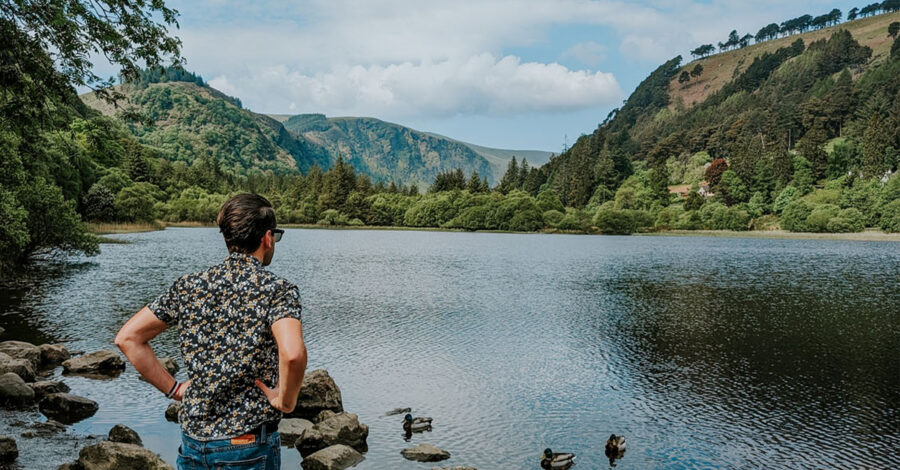
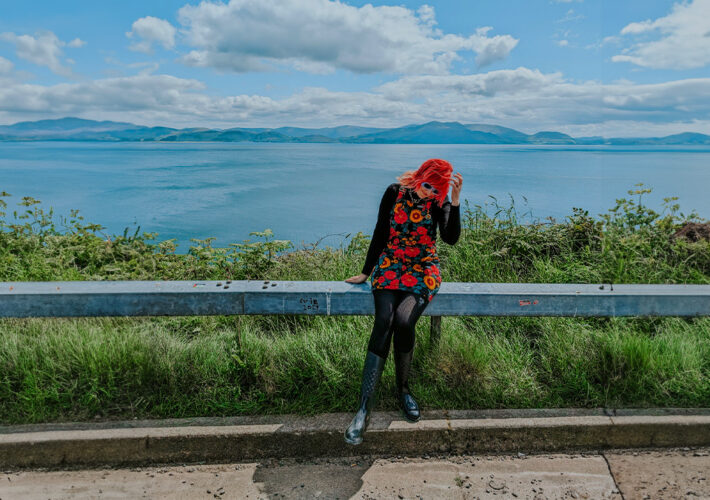
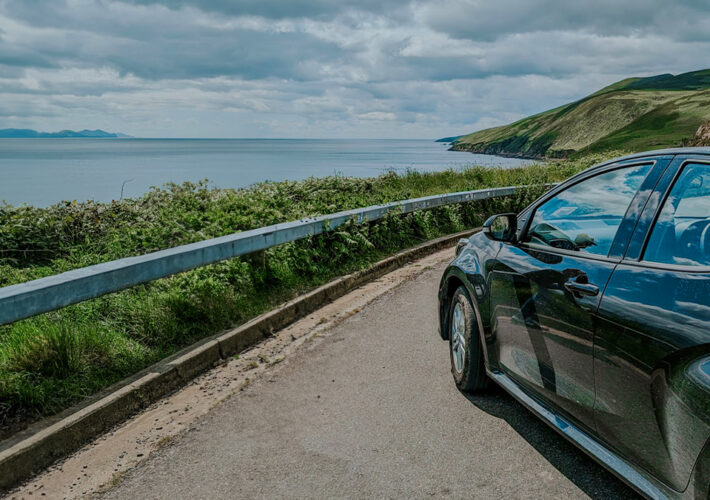
Leave a Comment